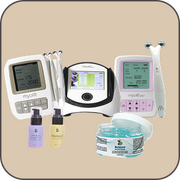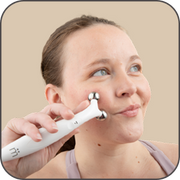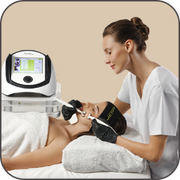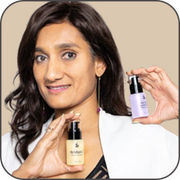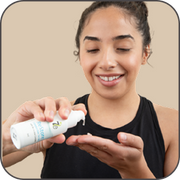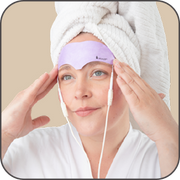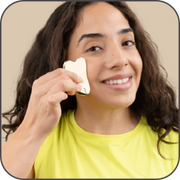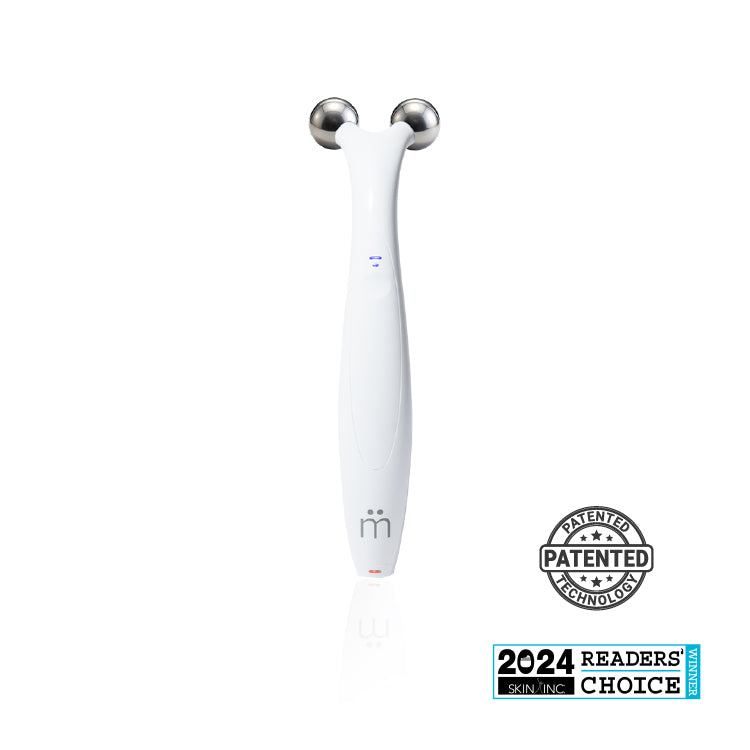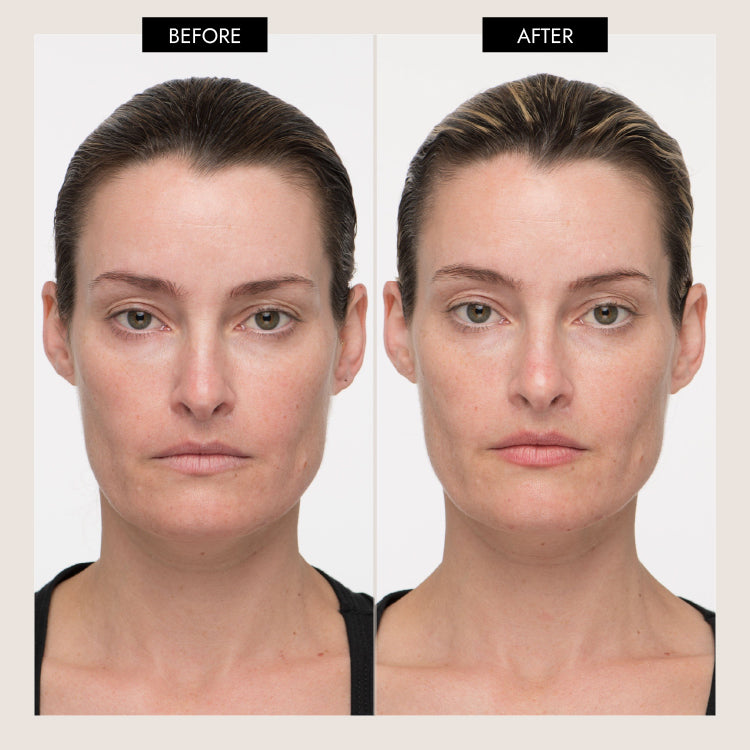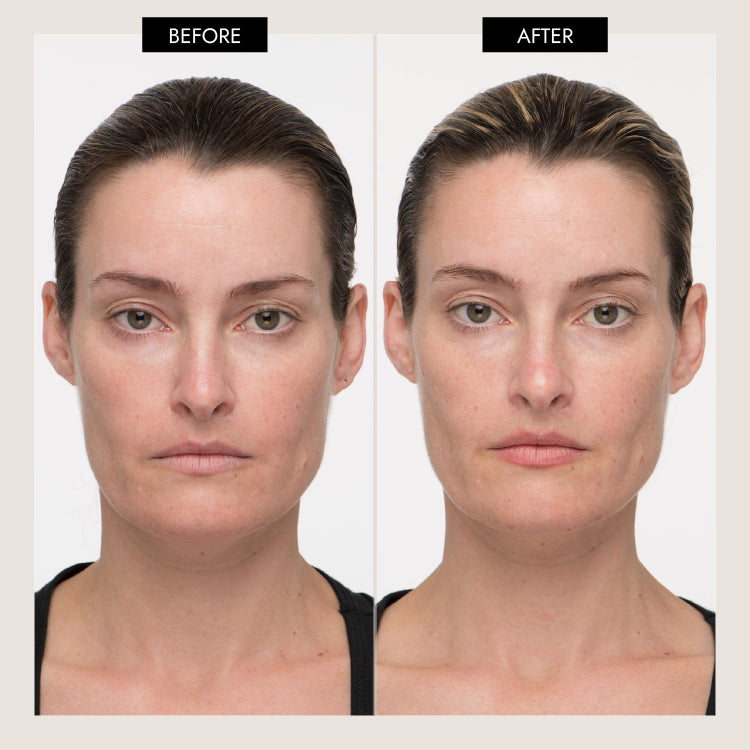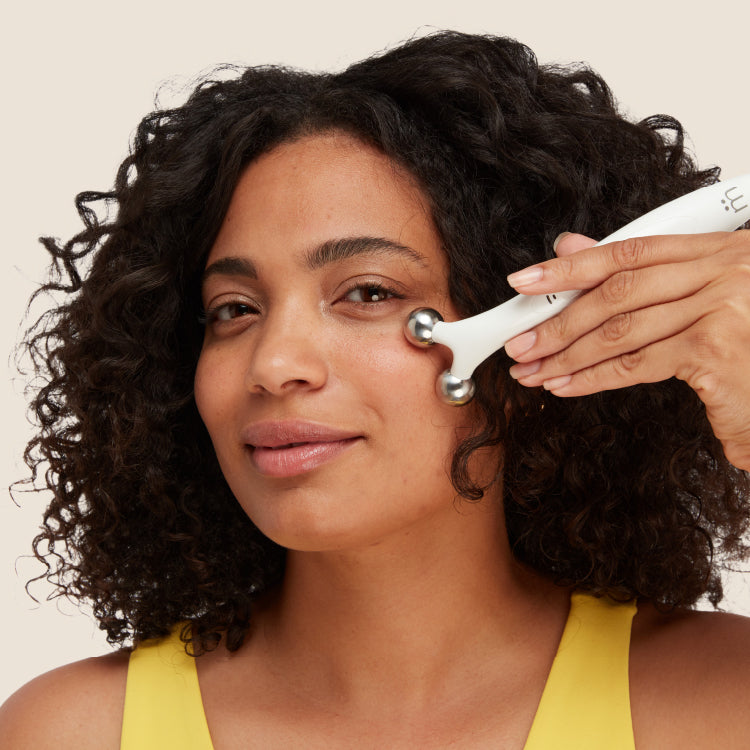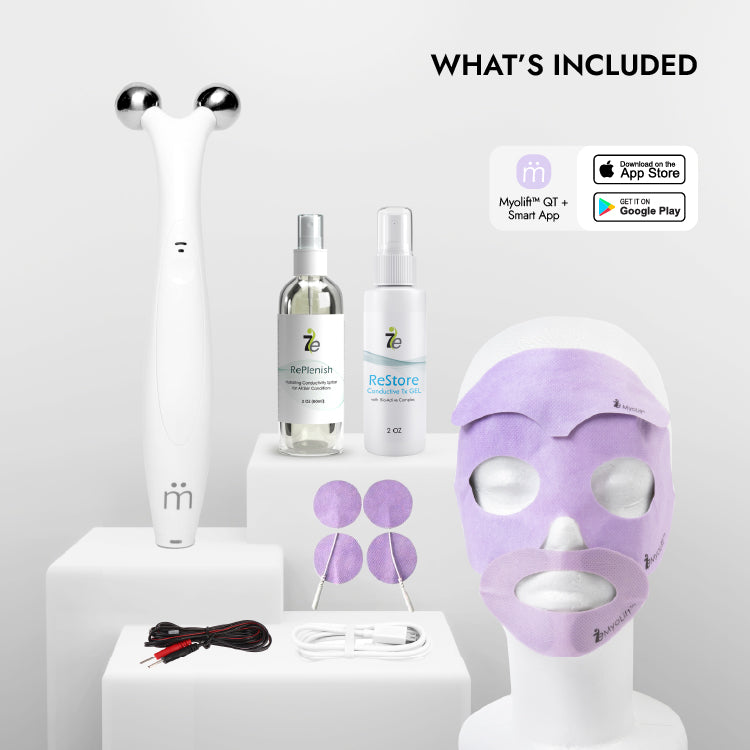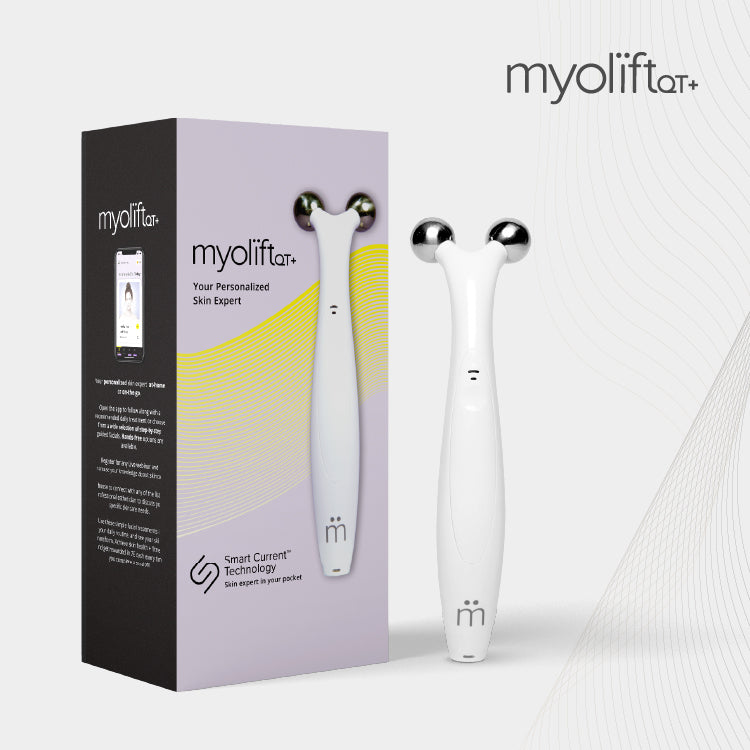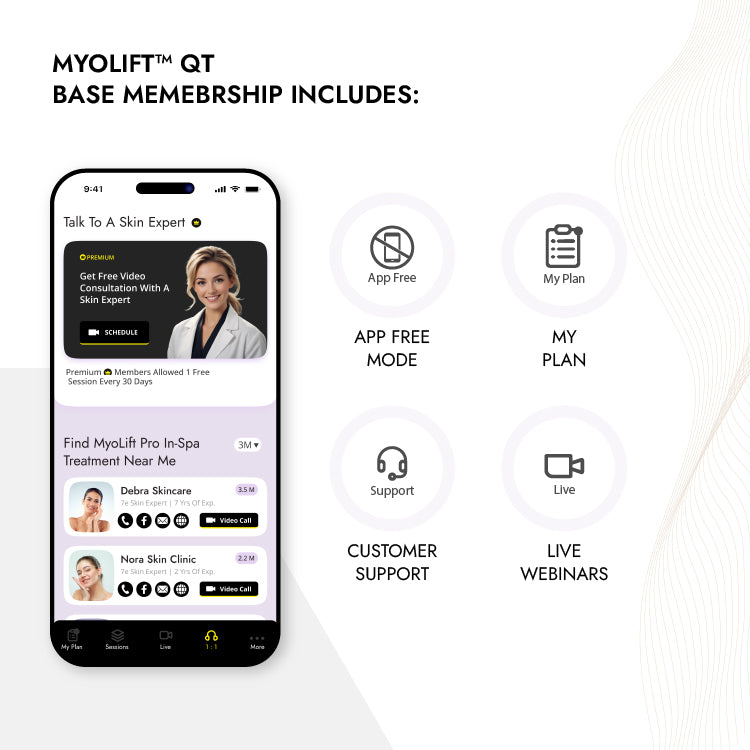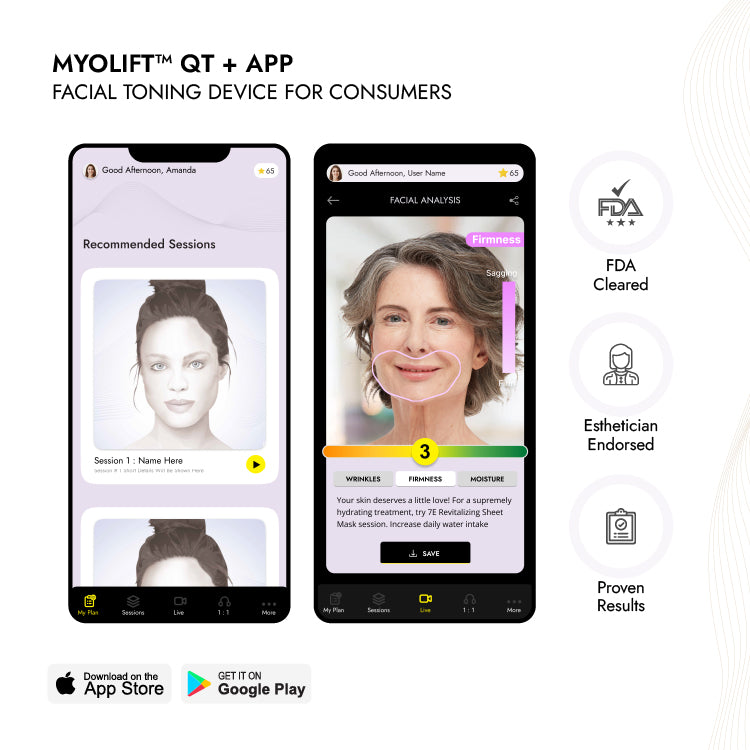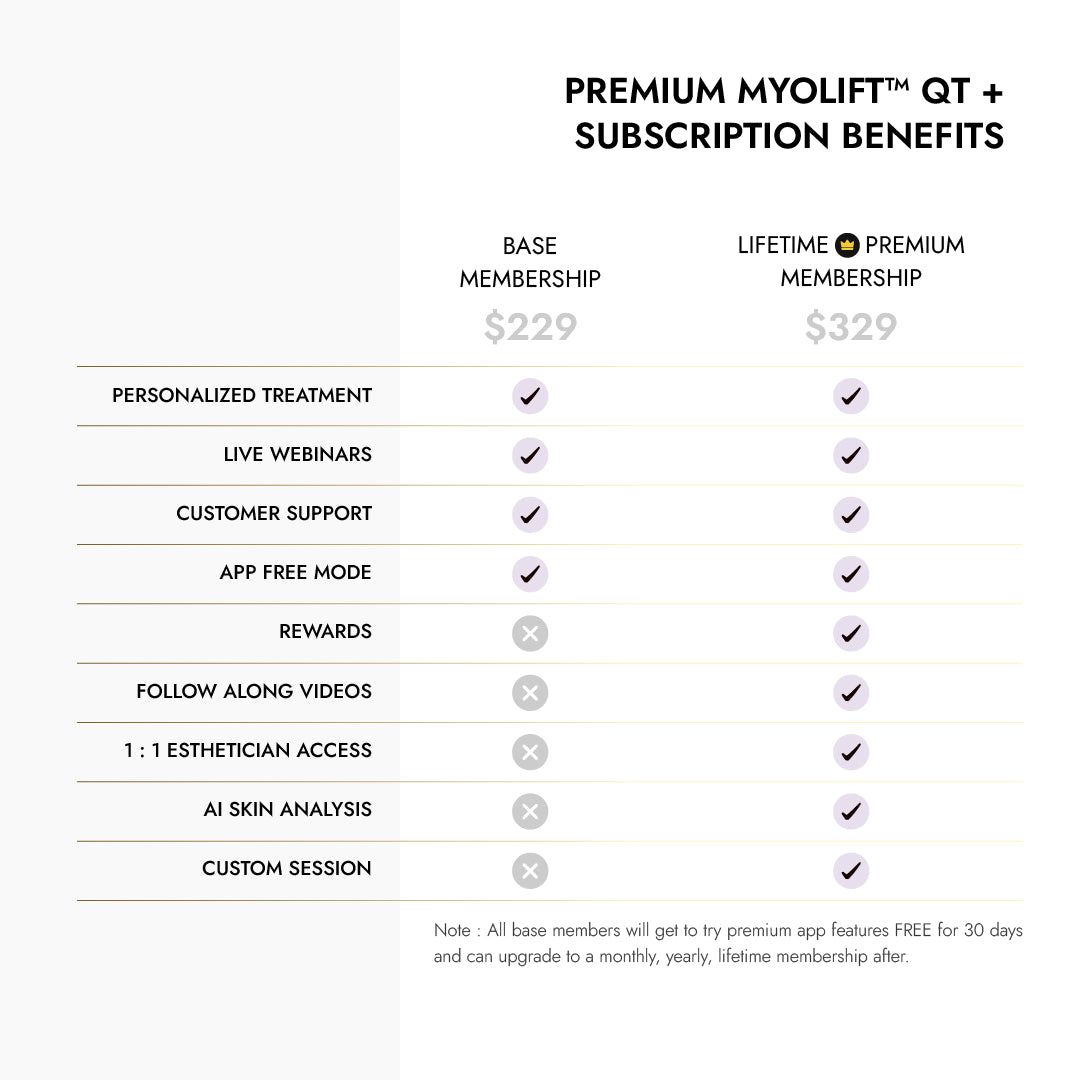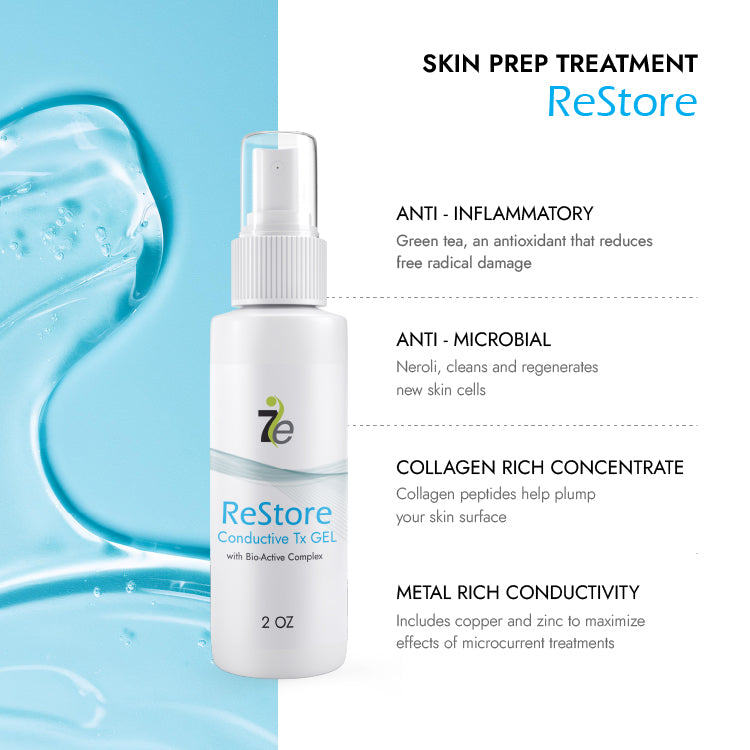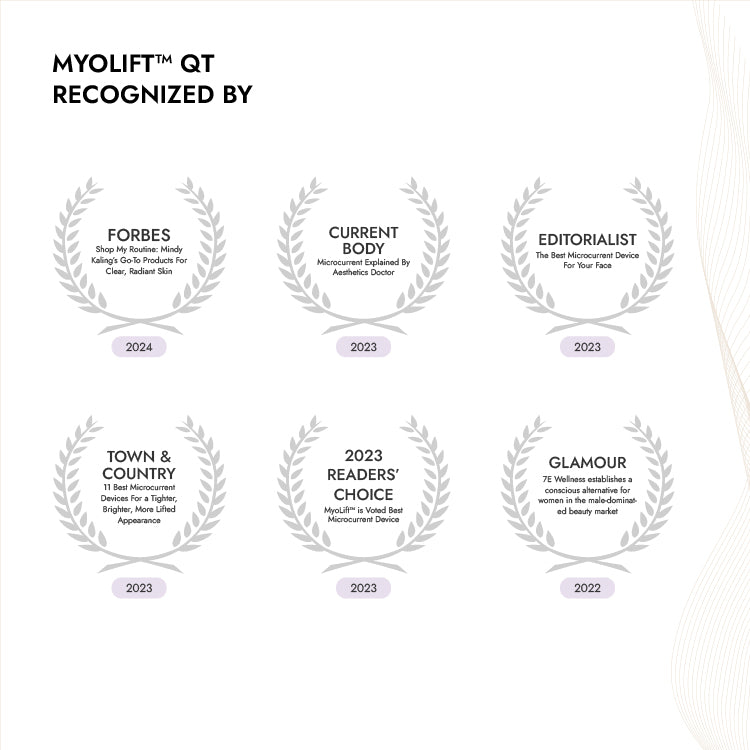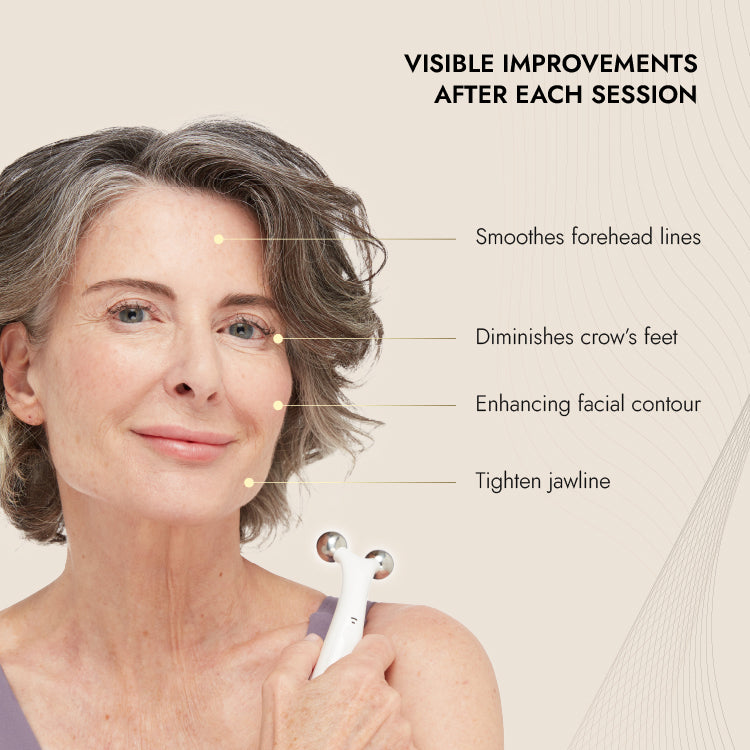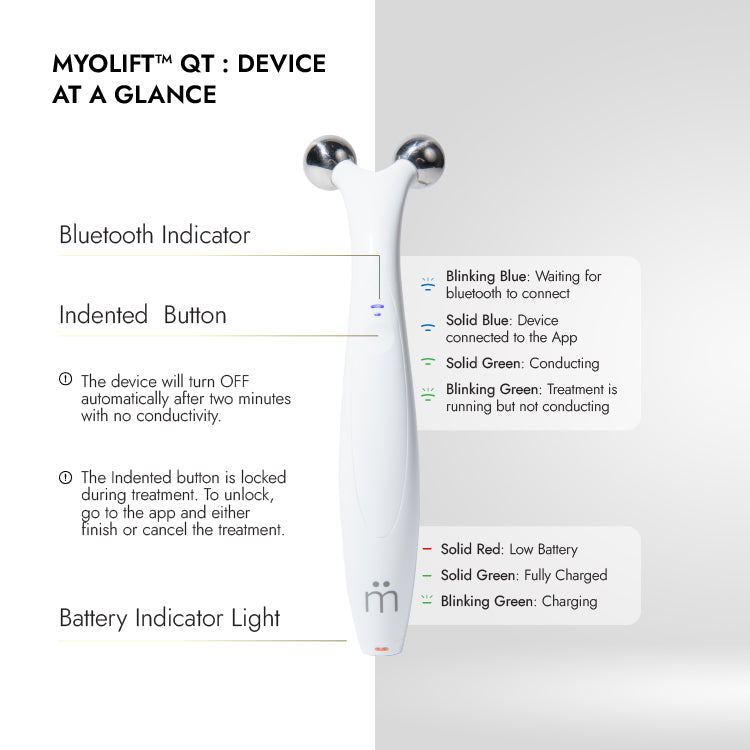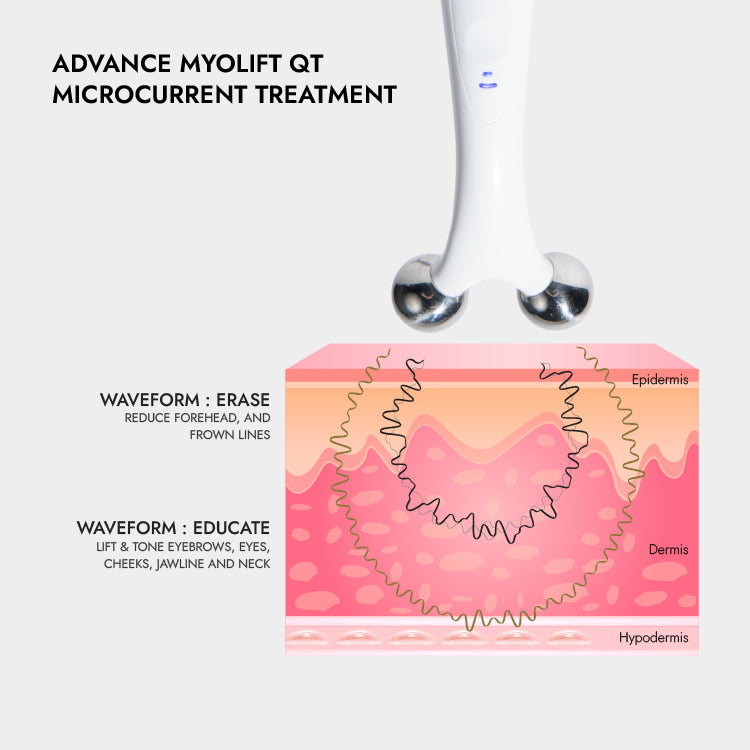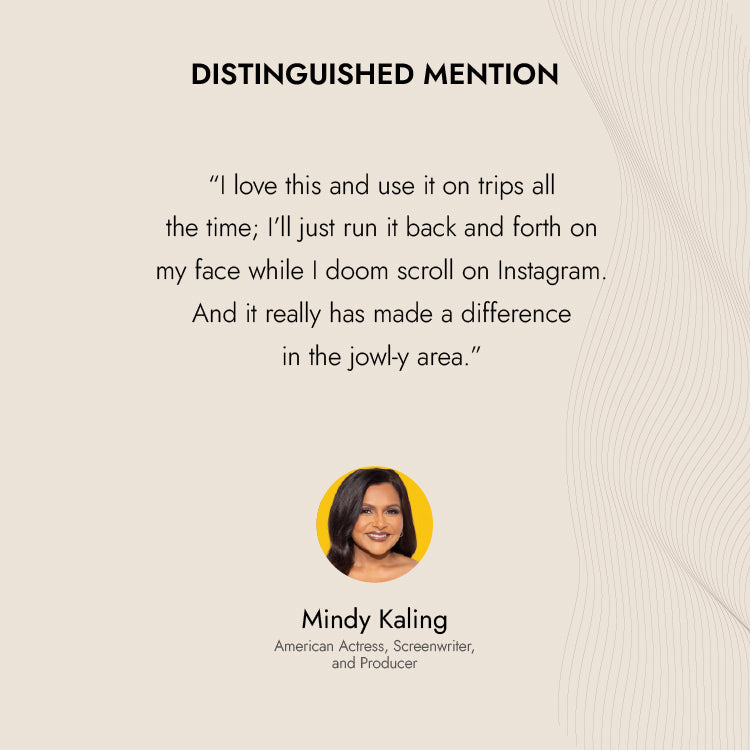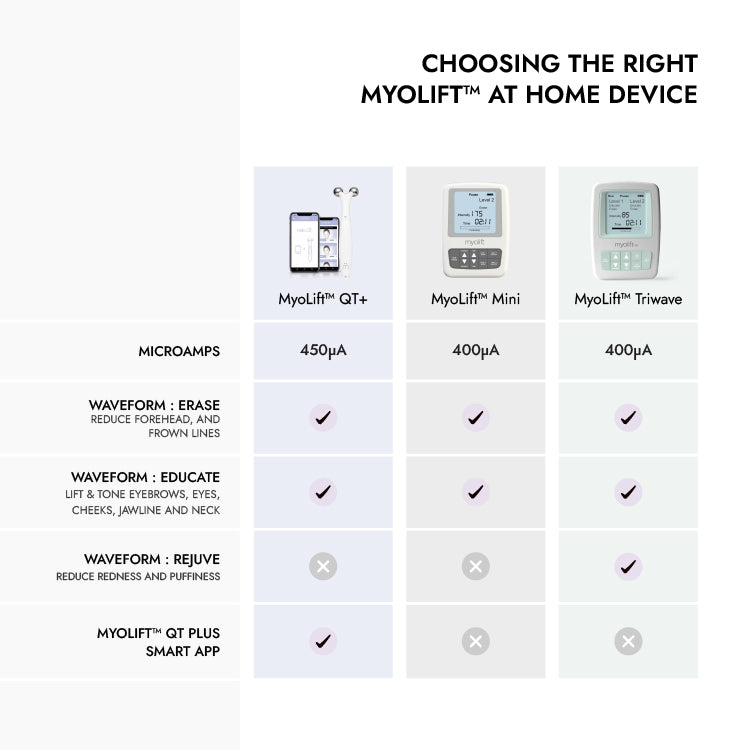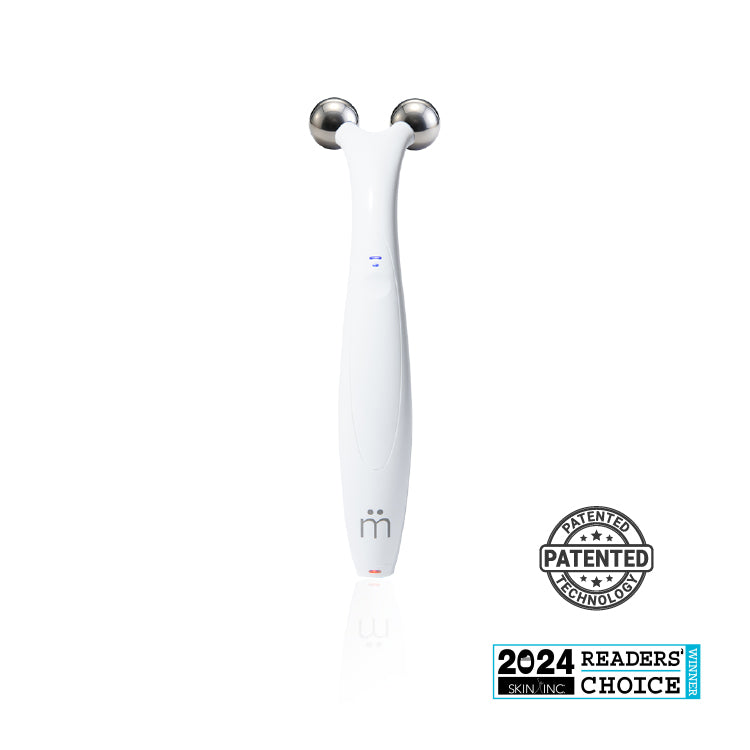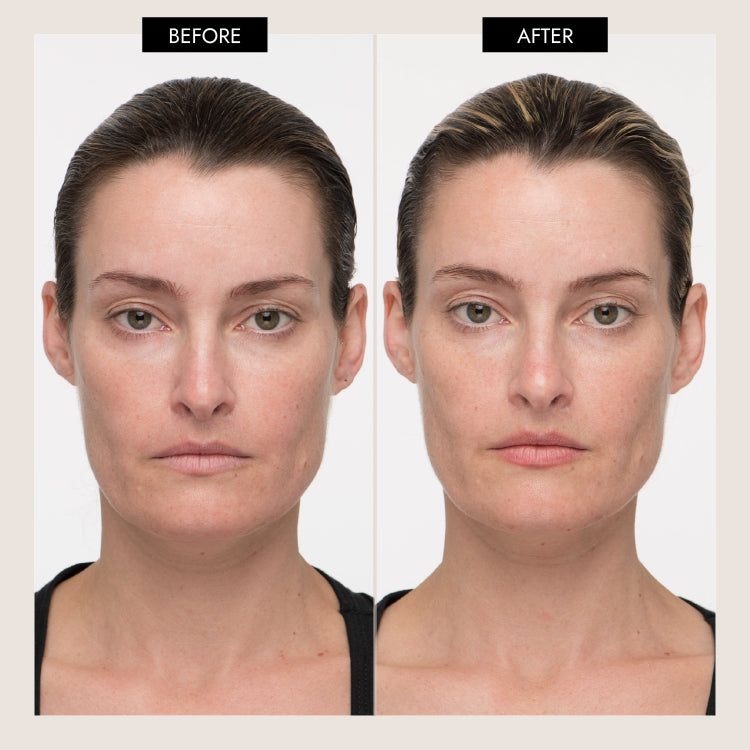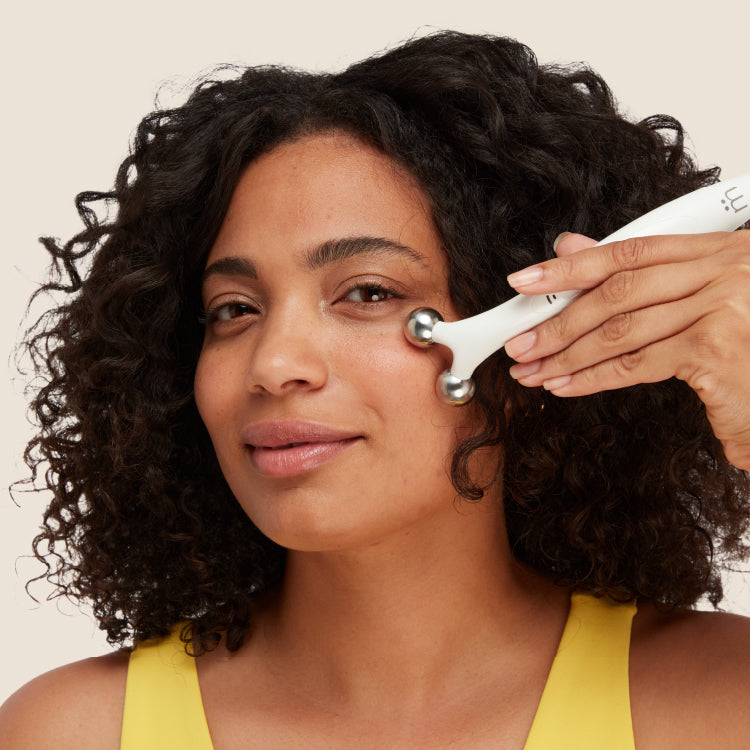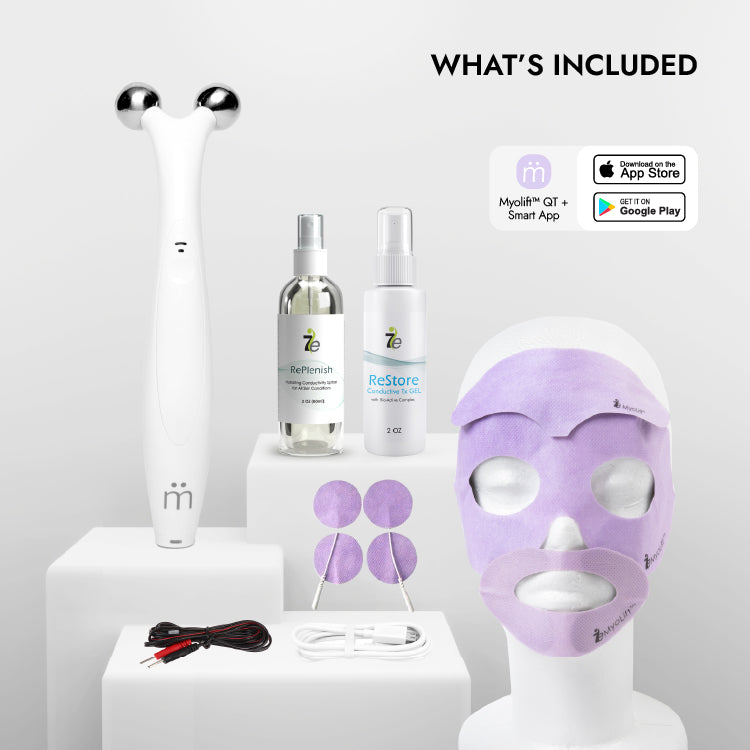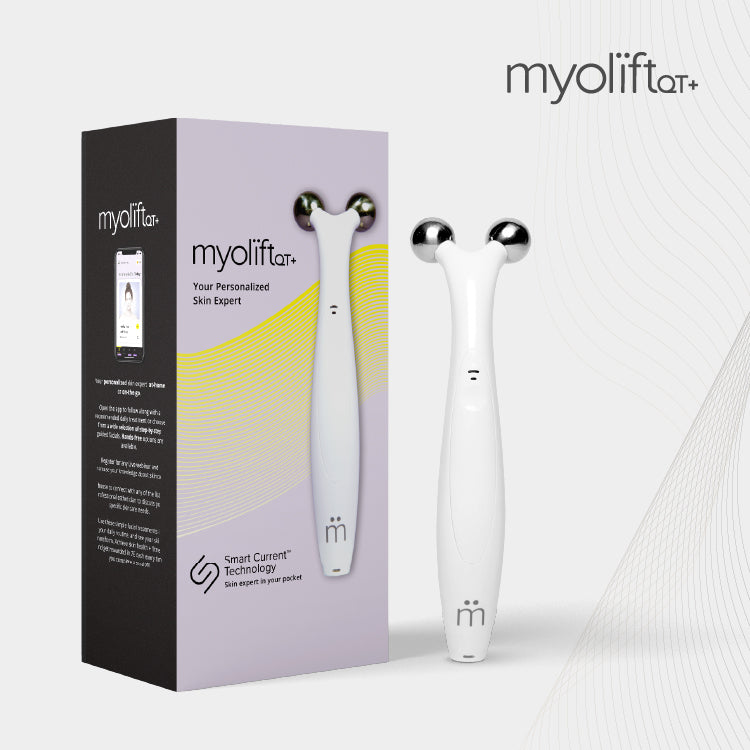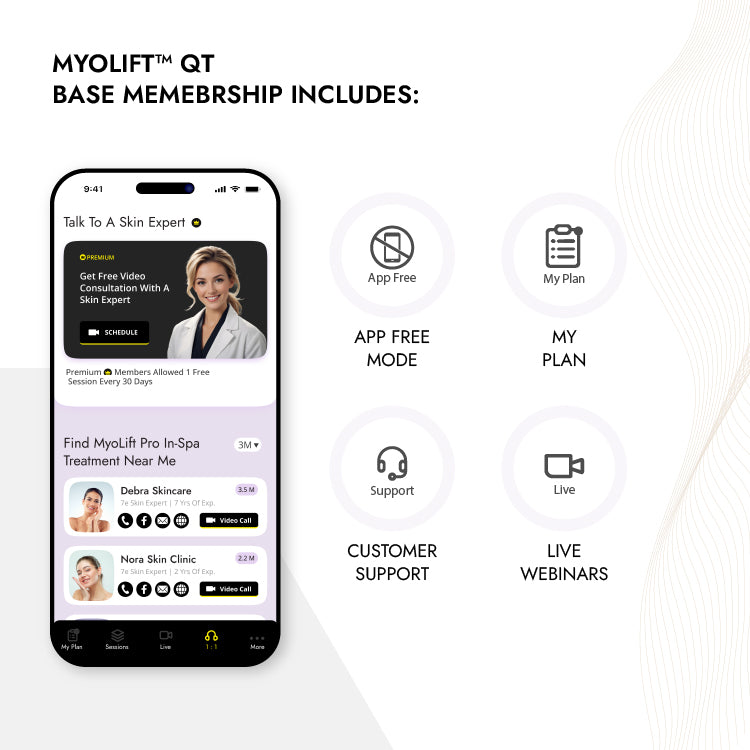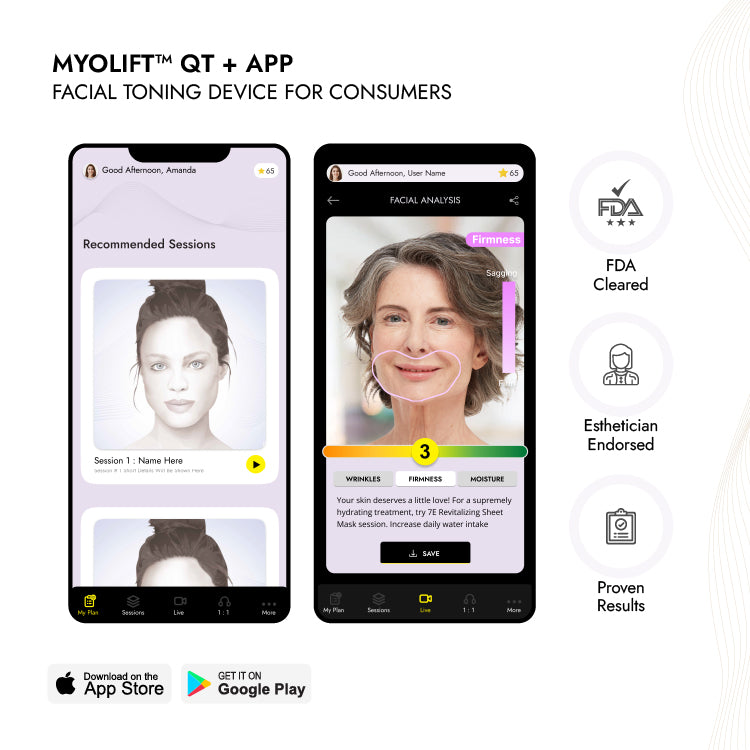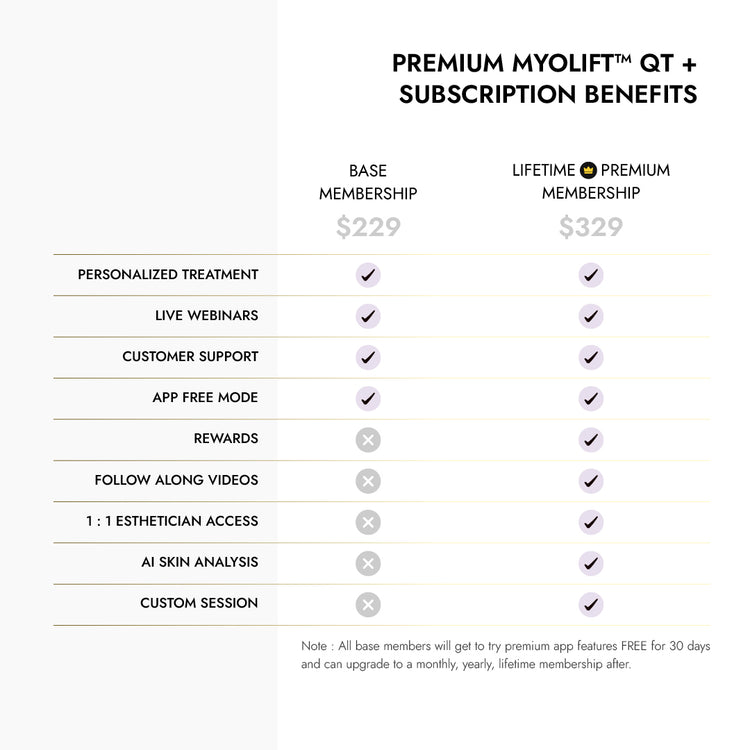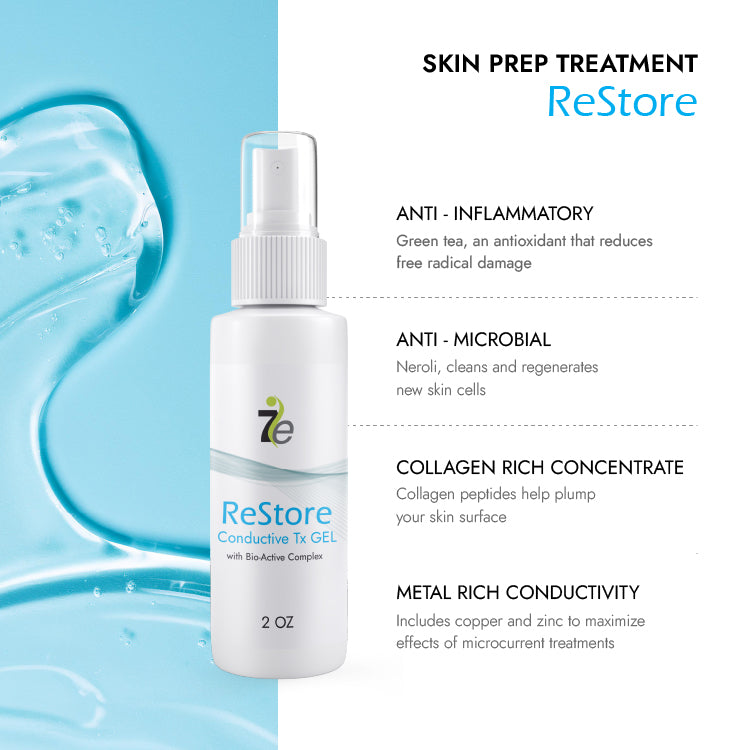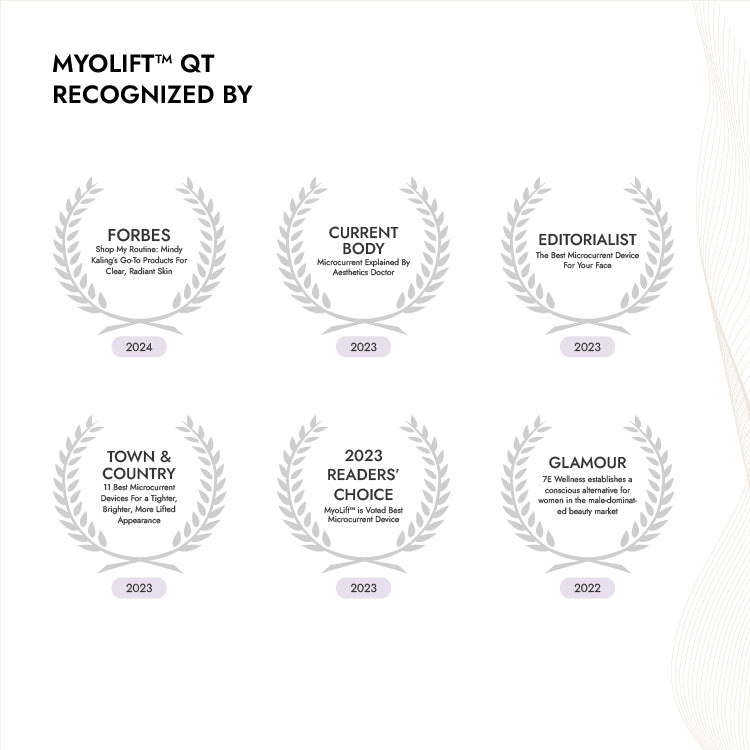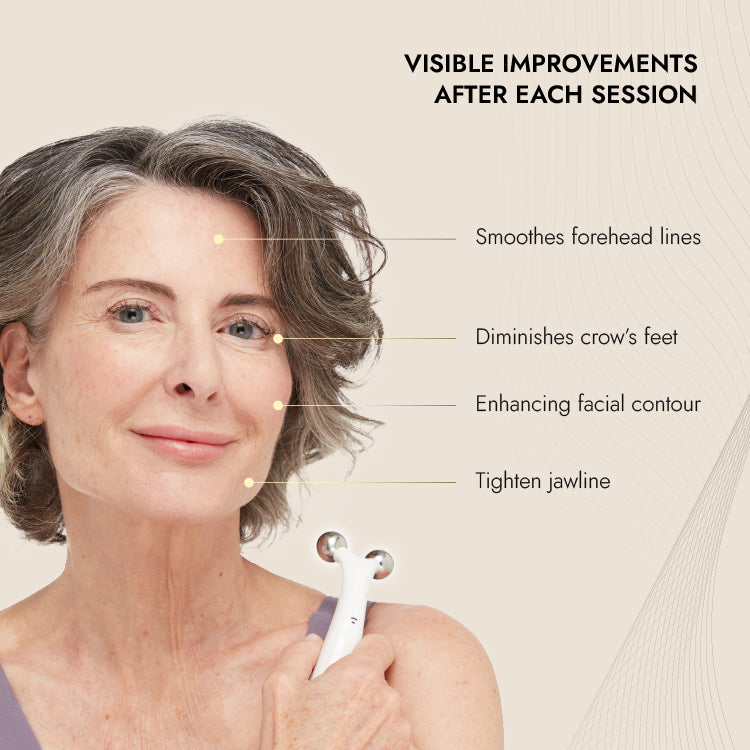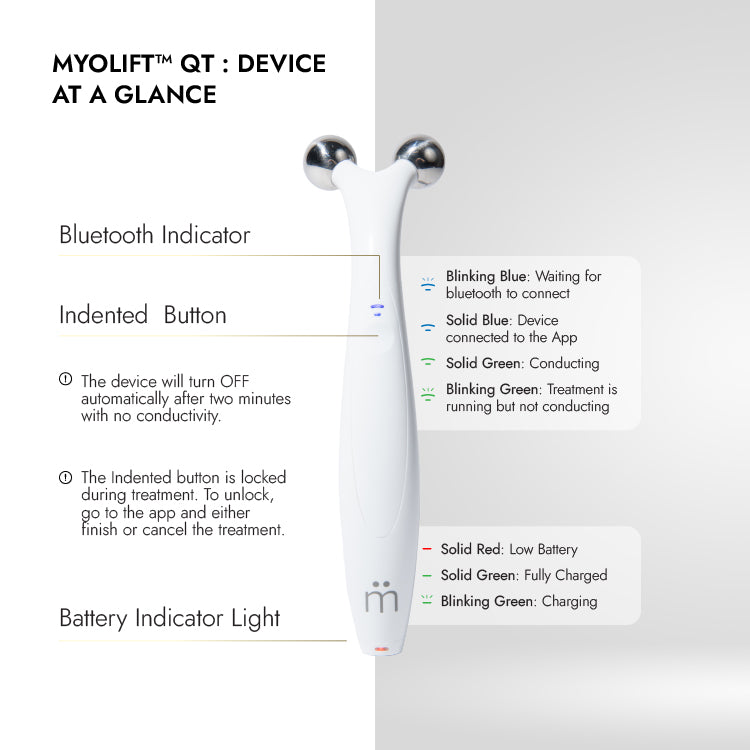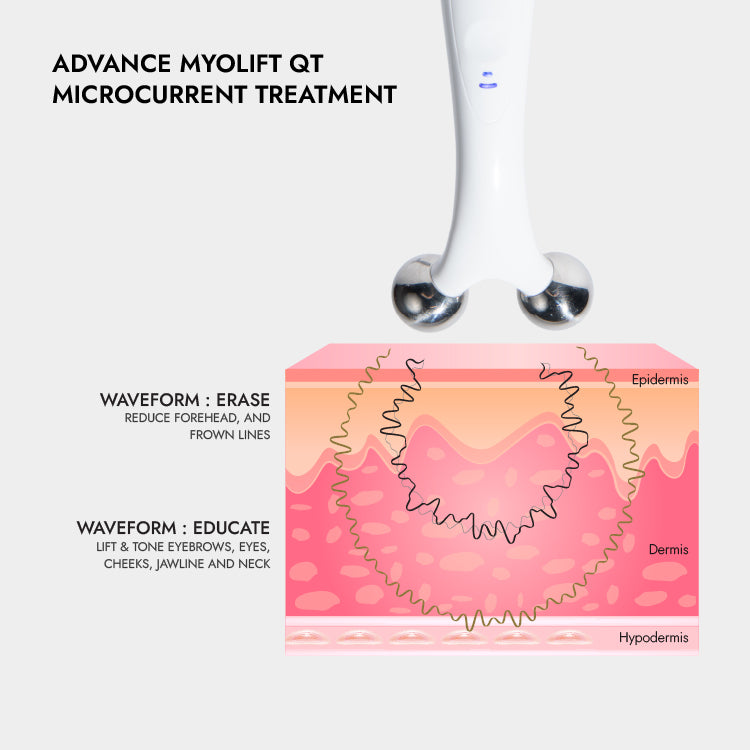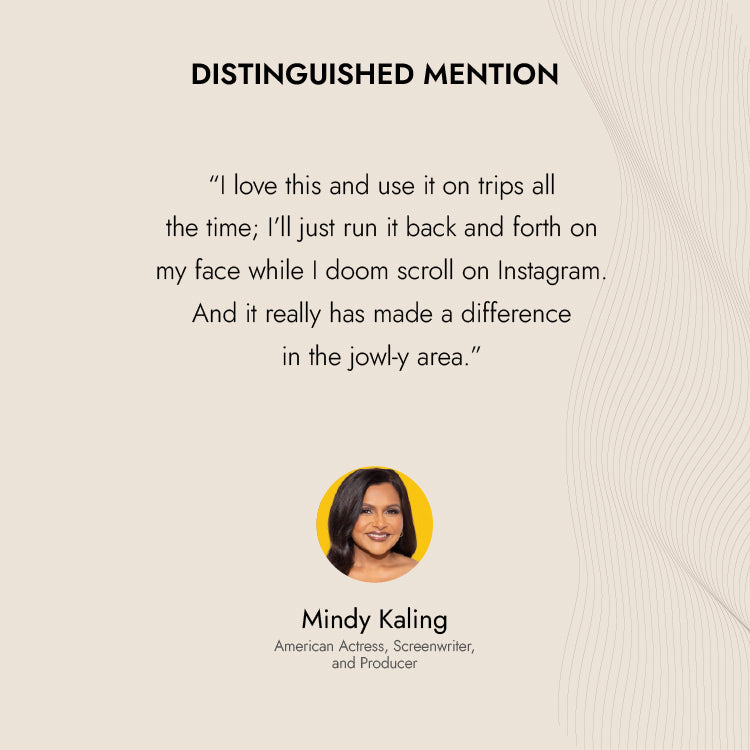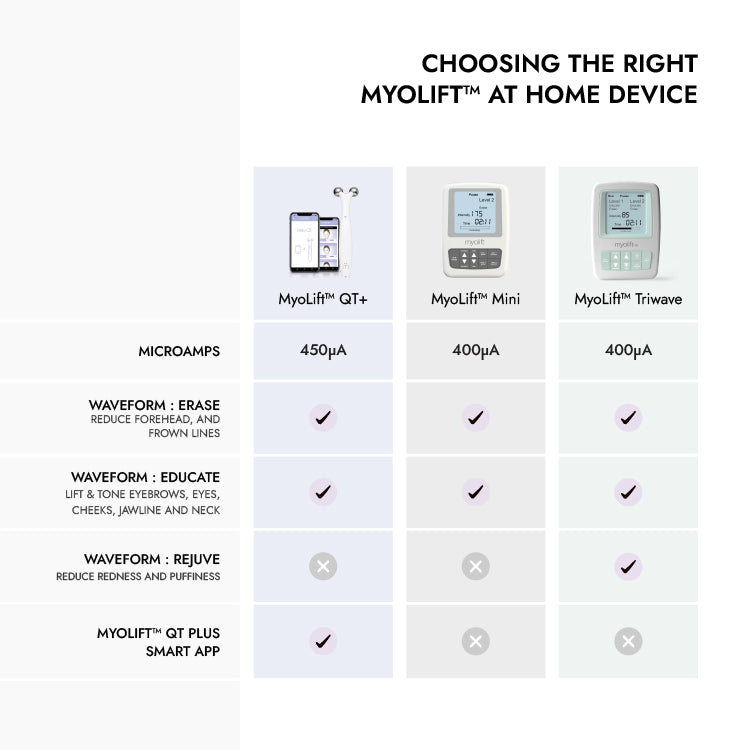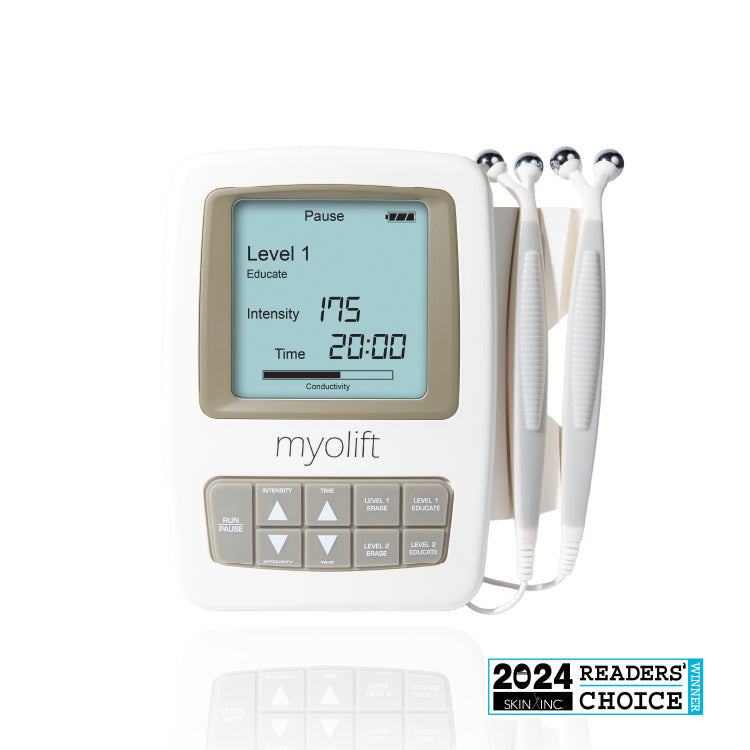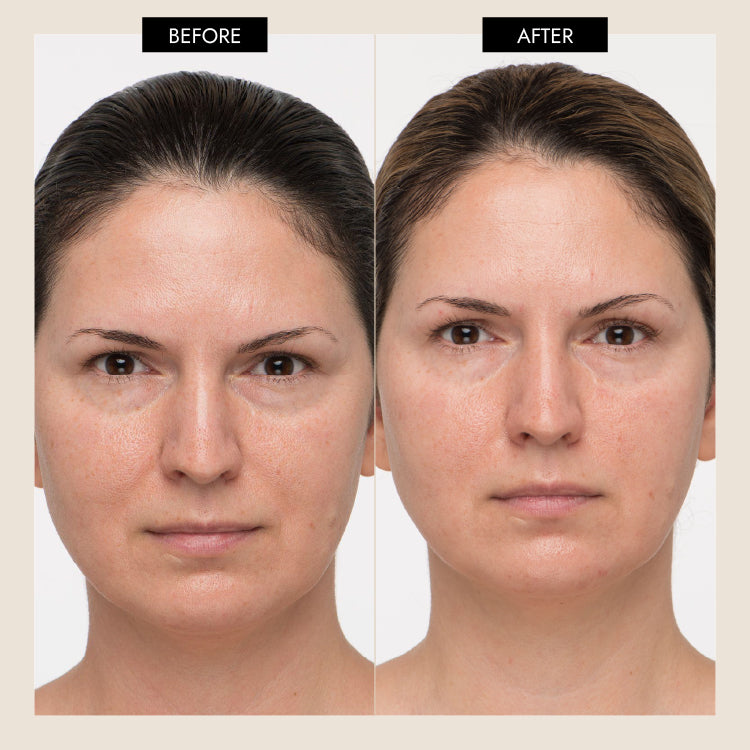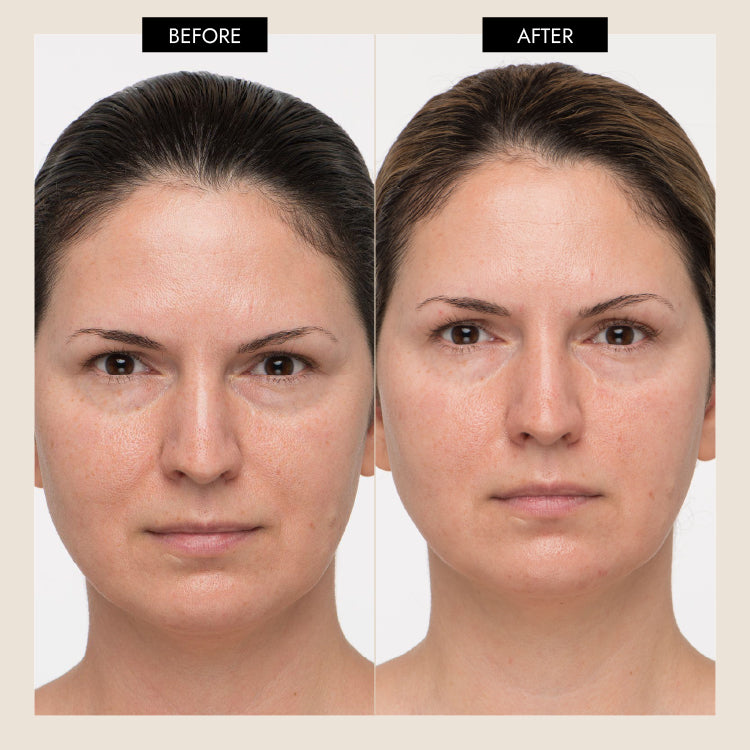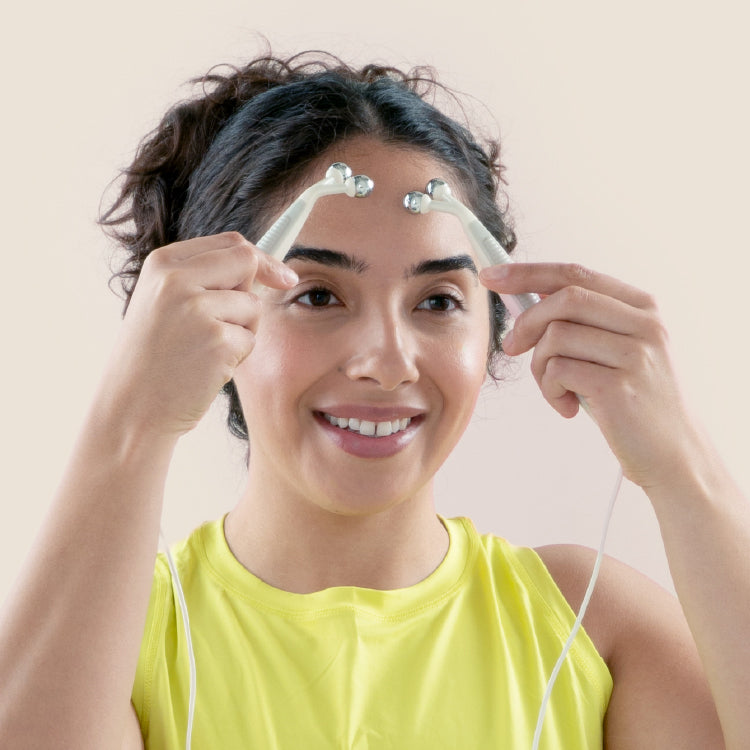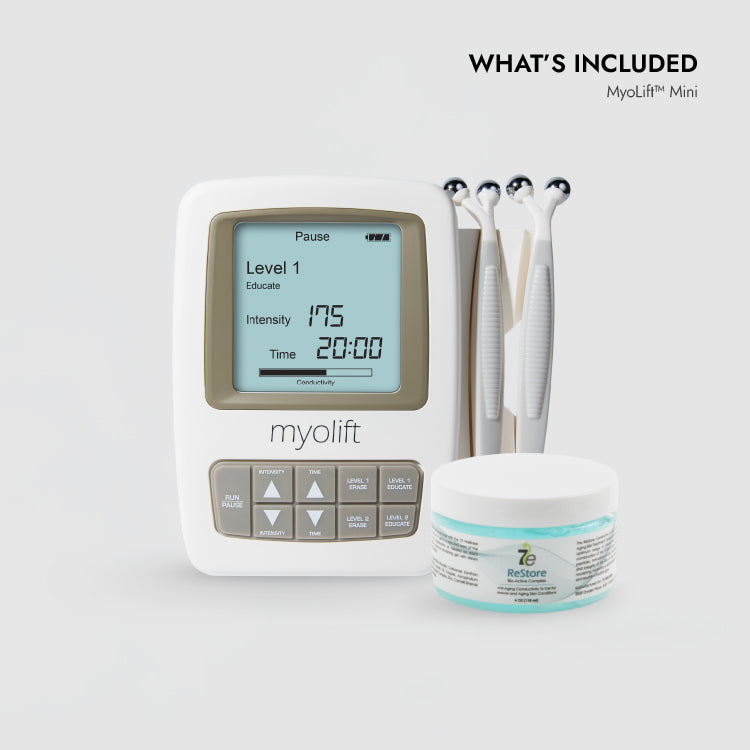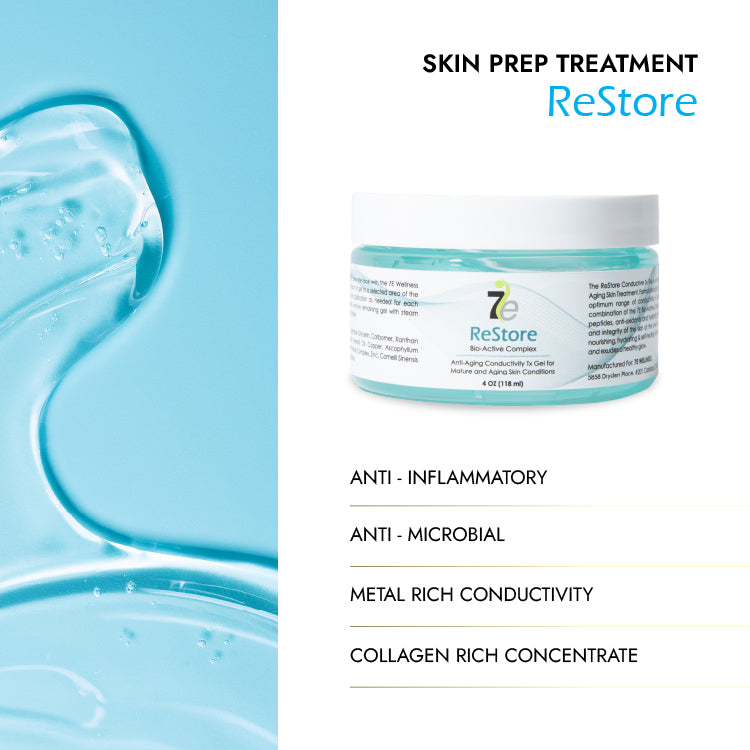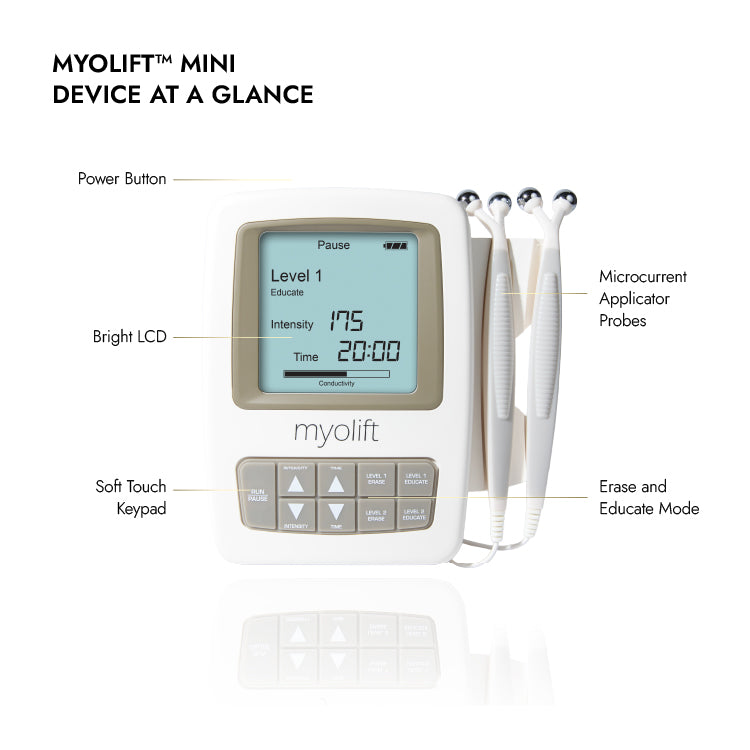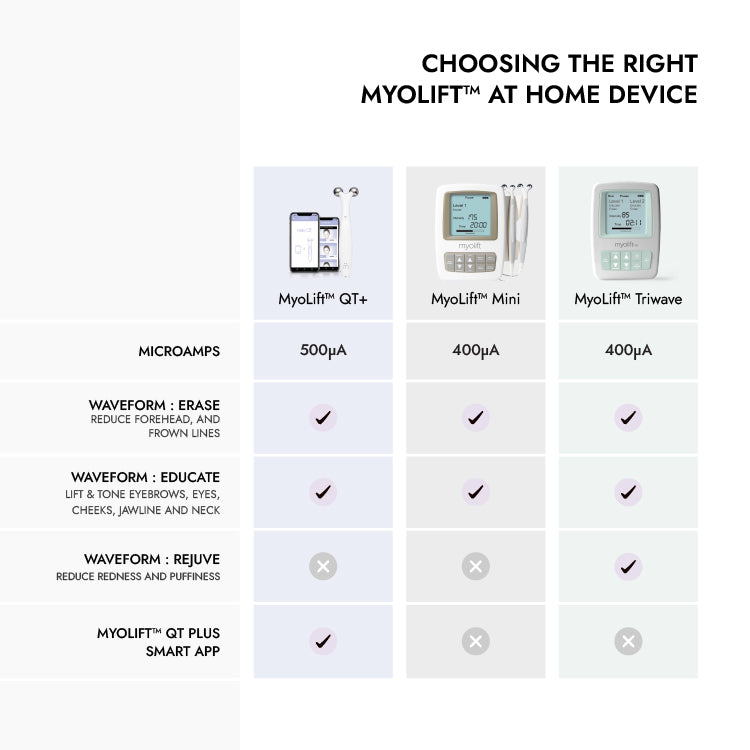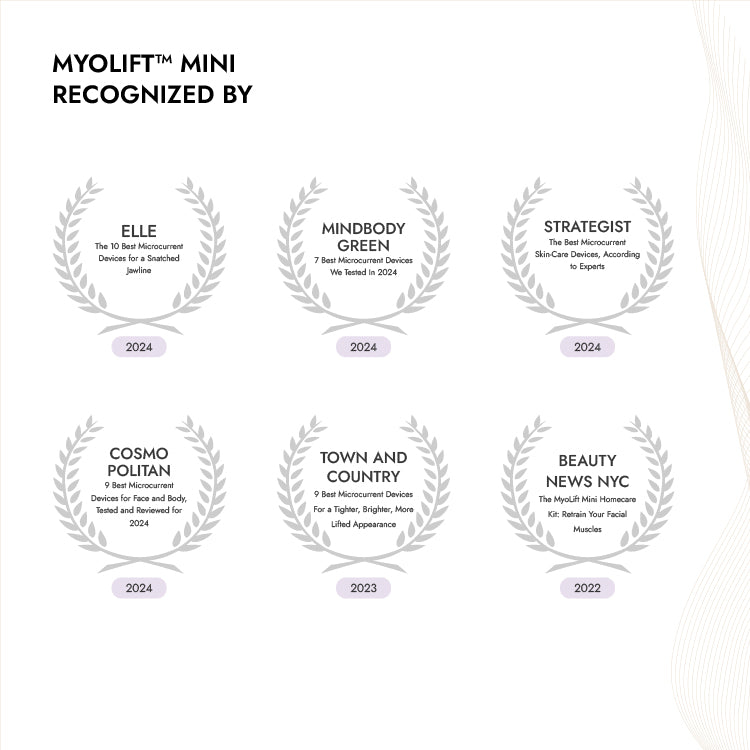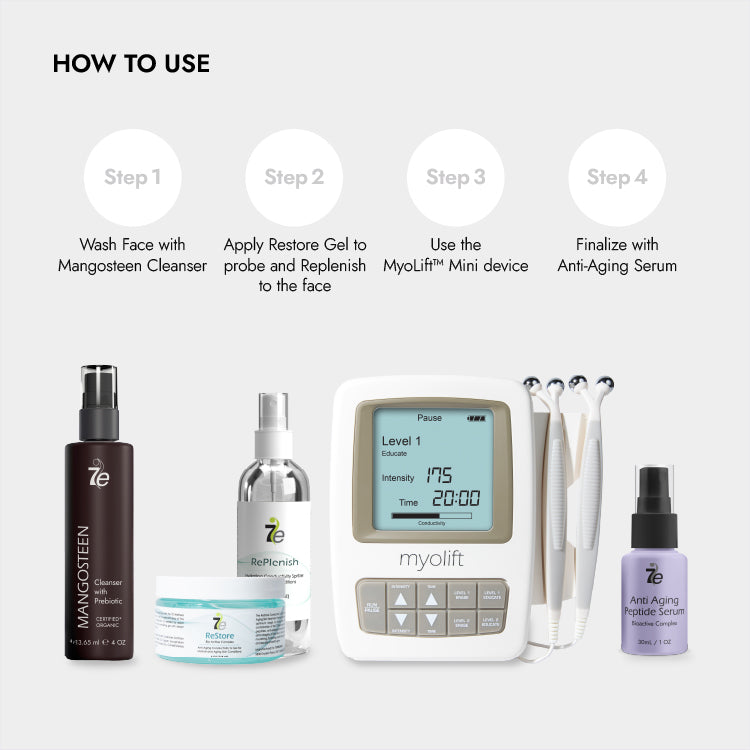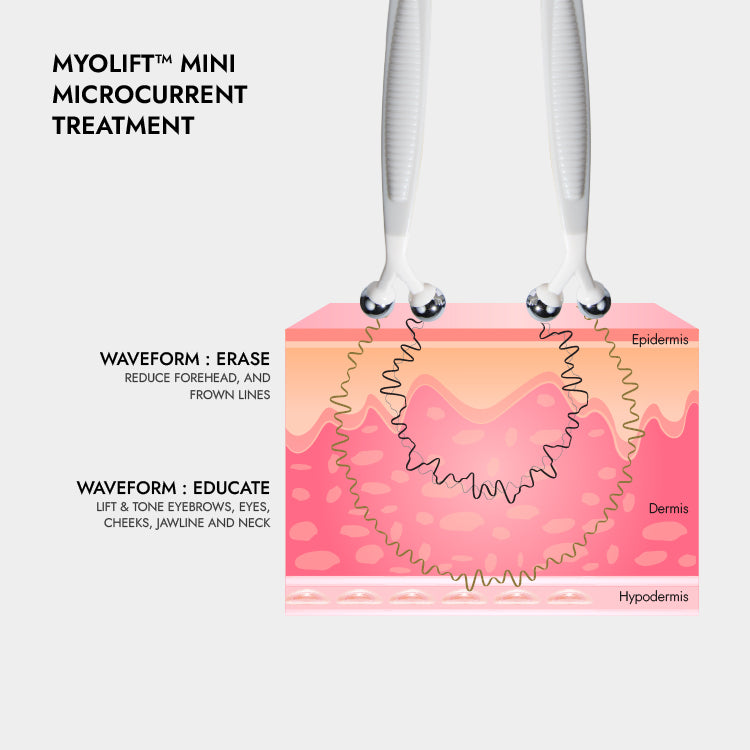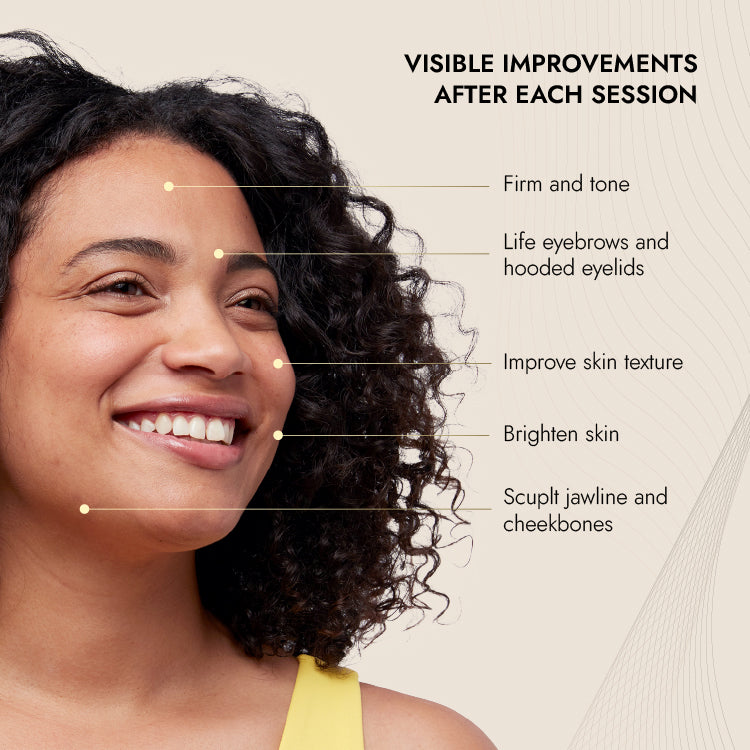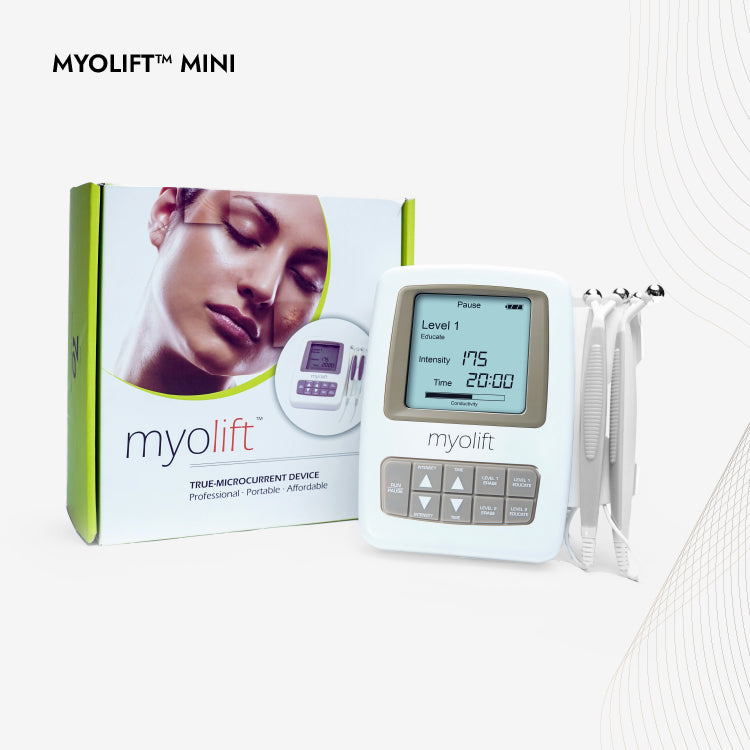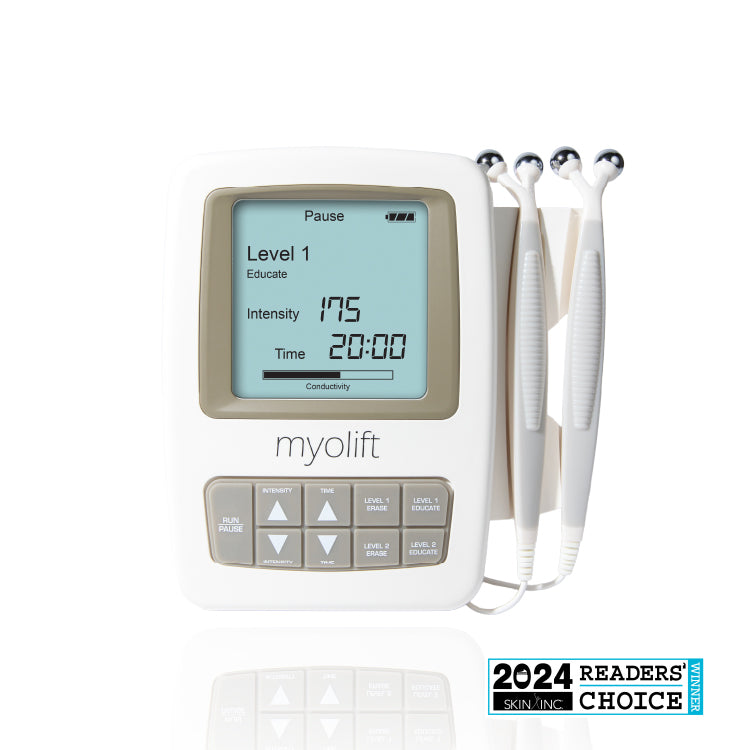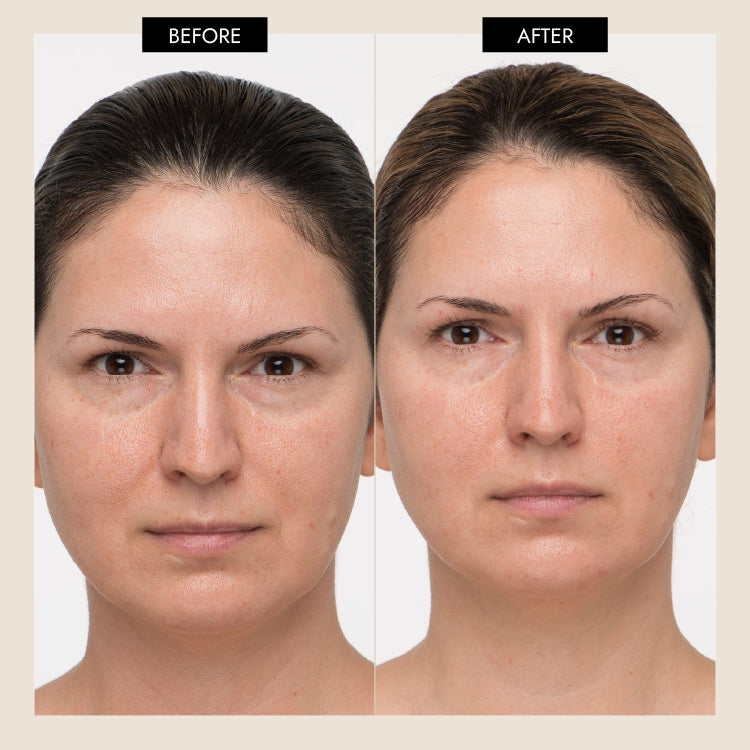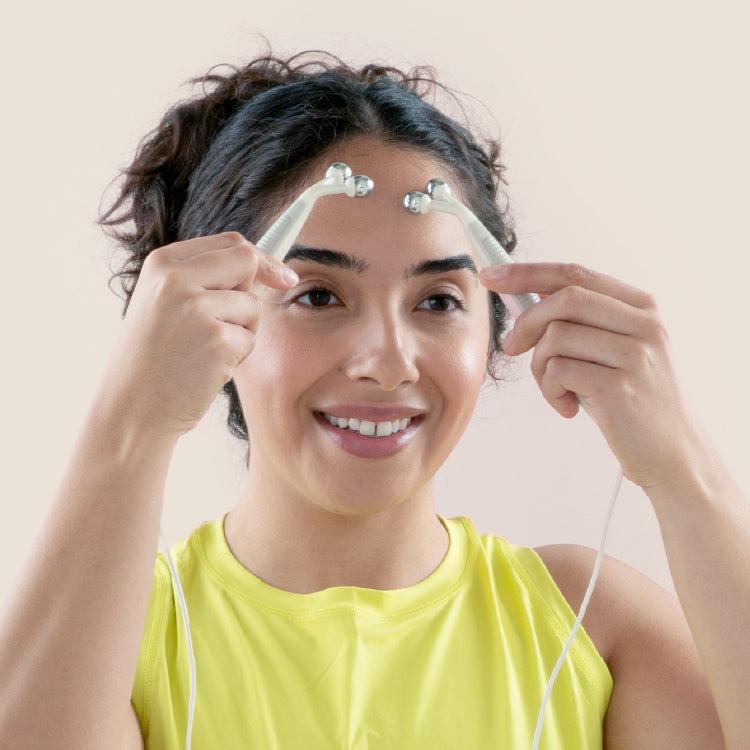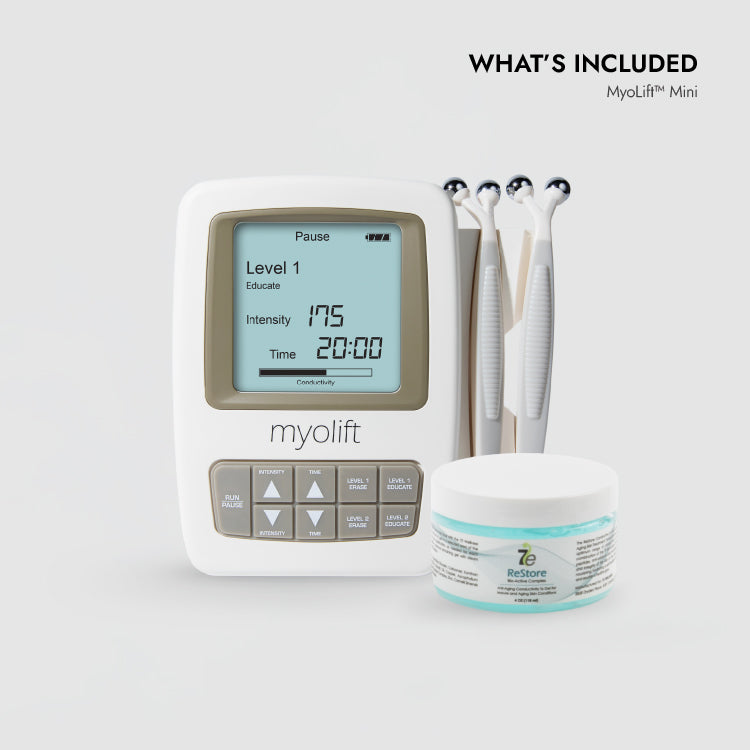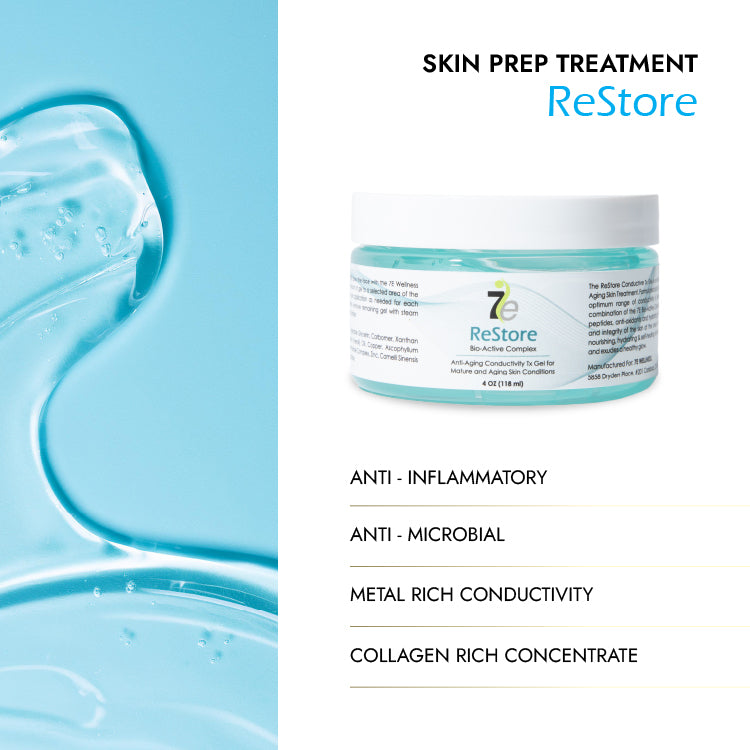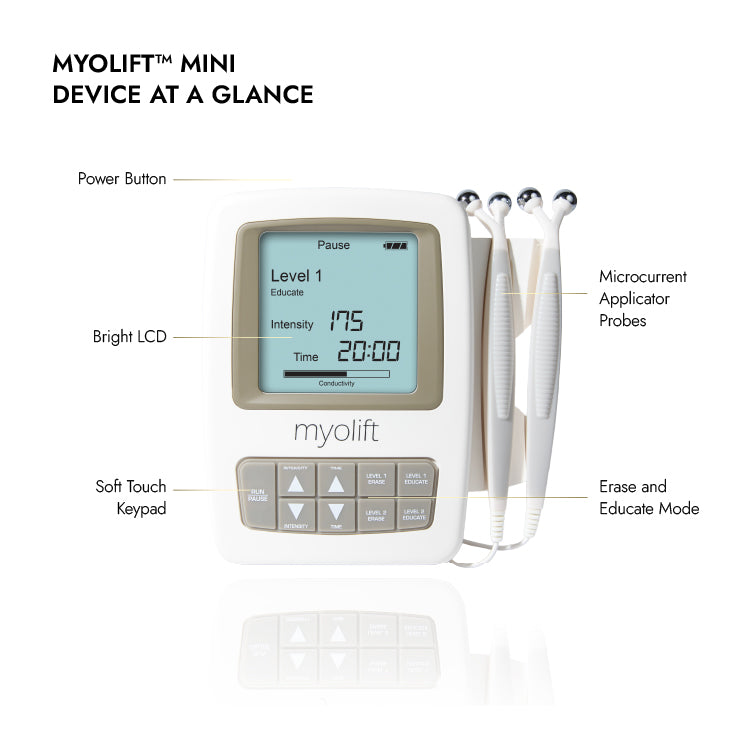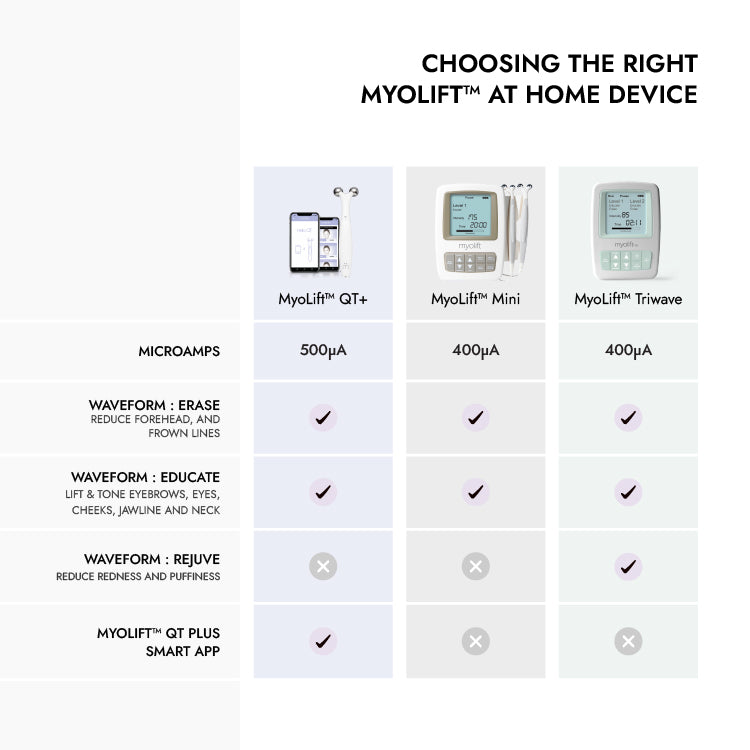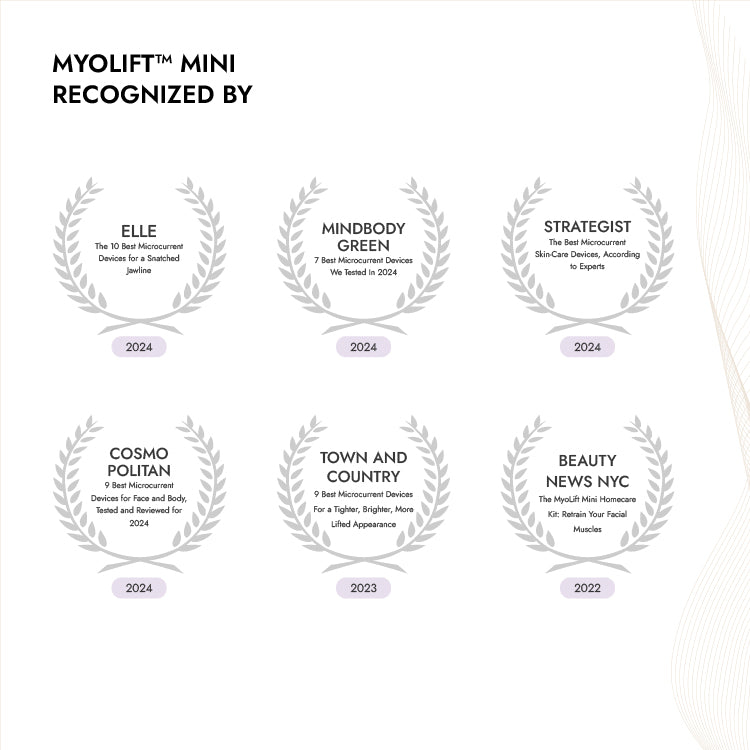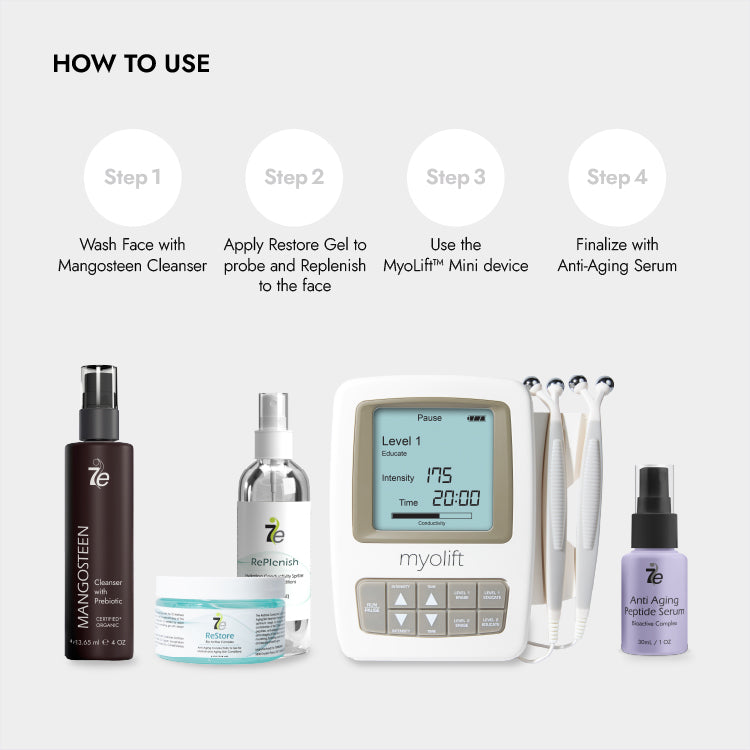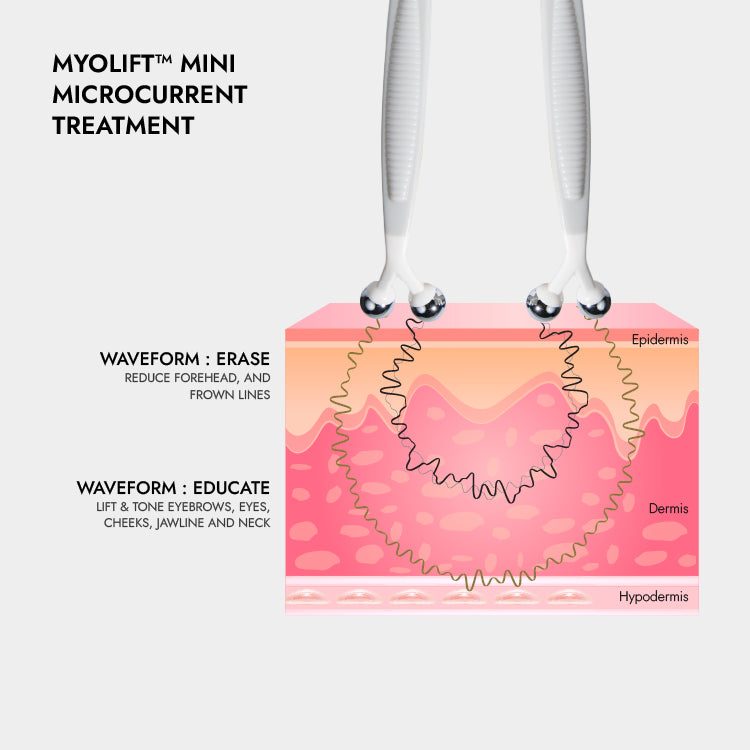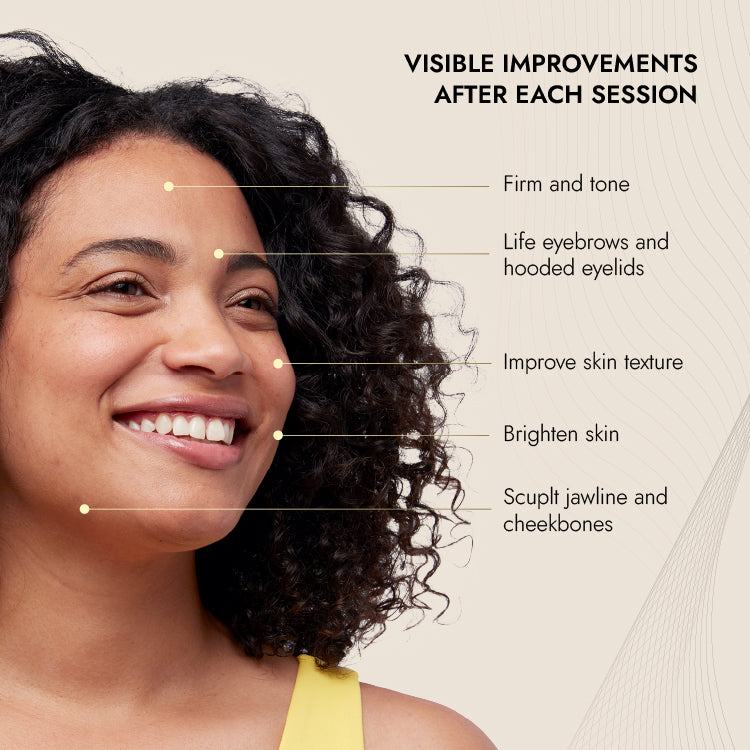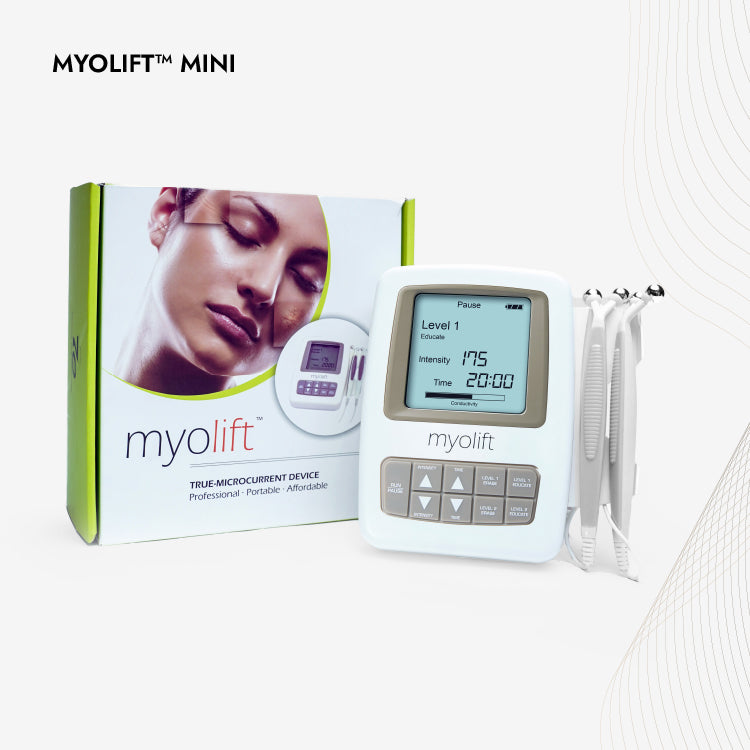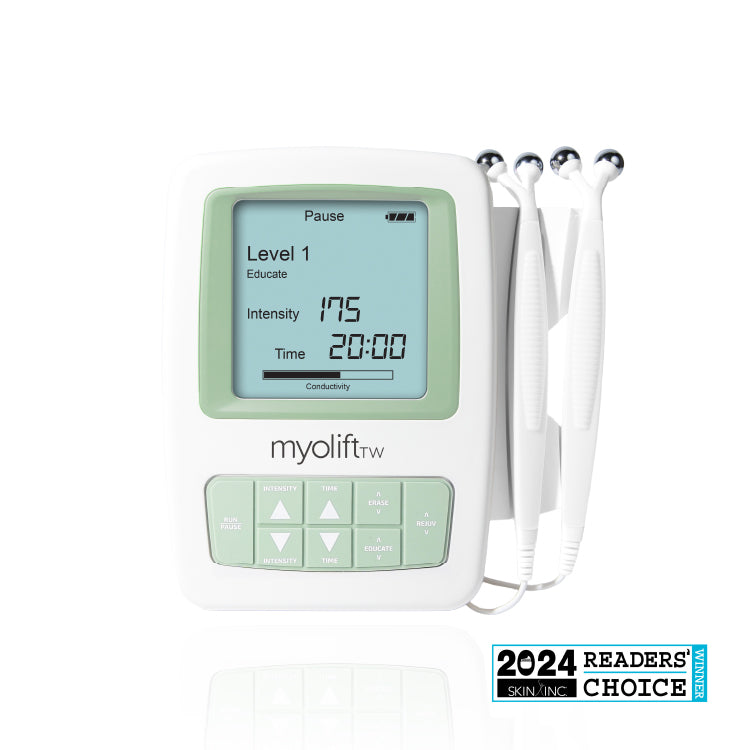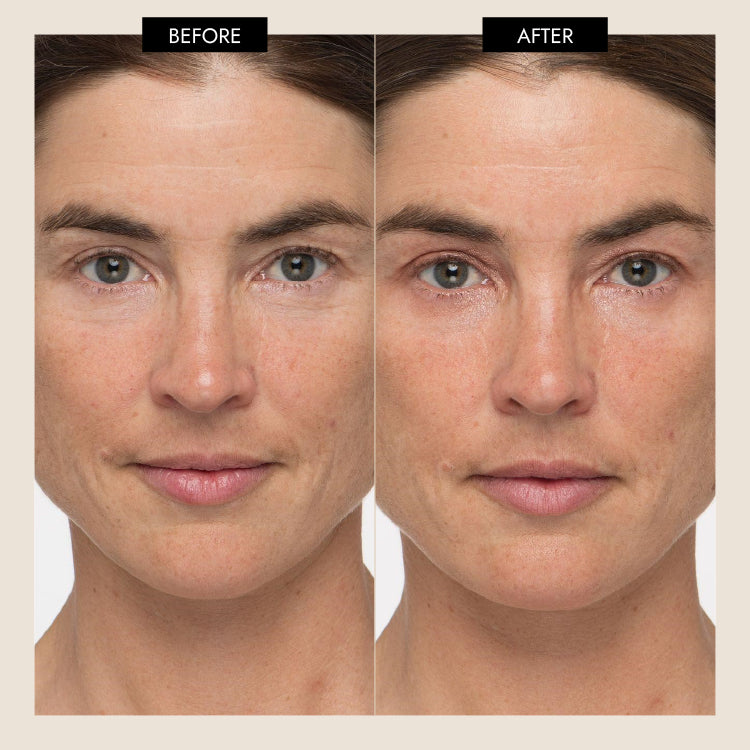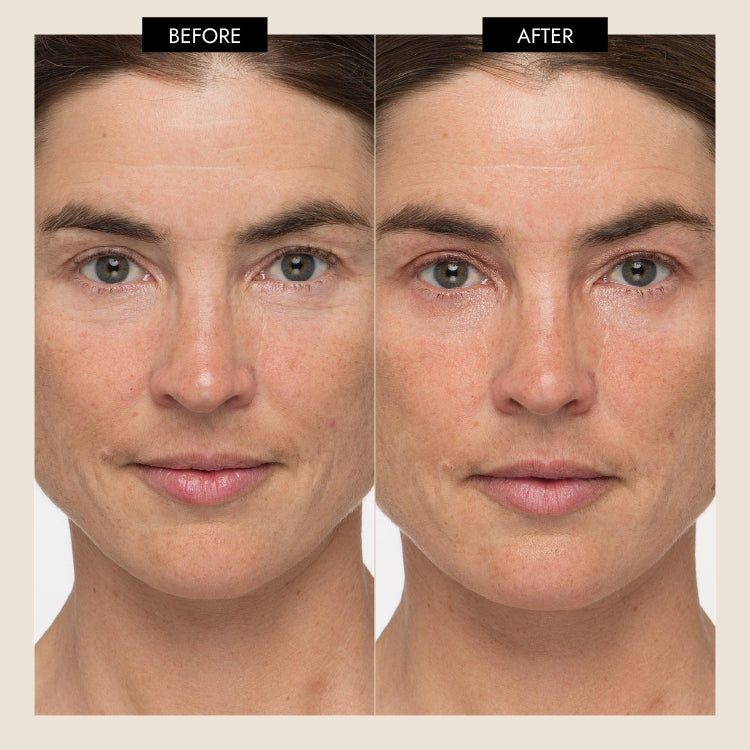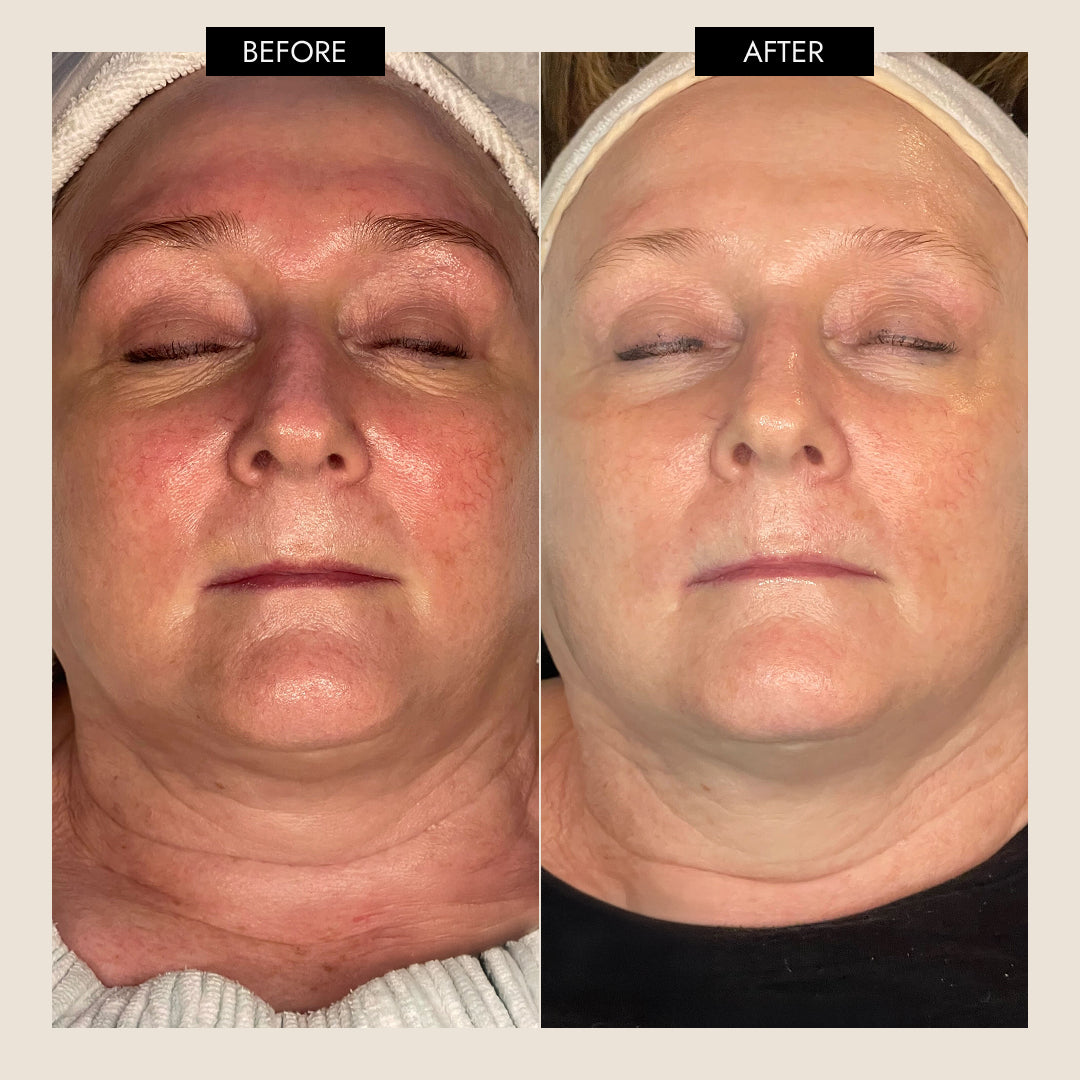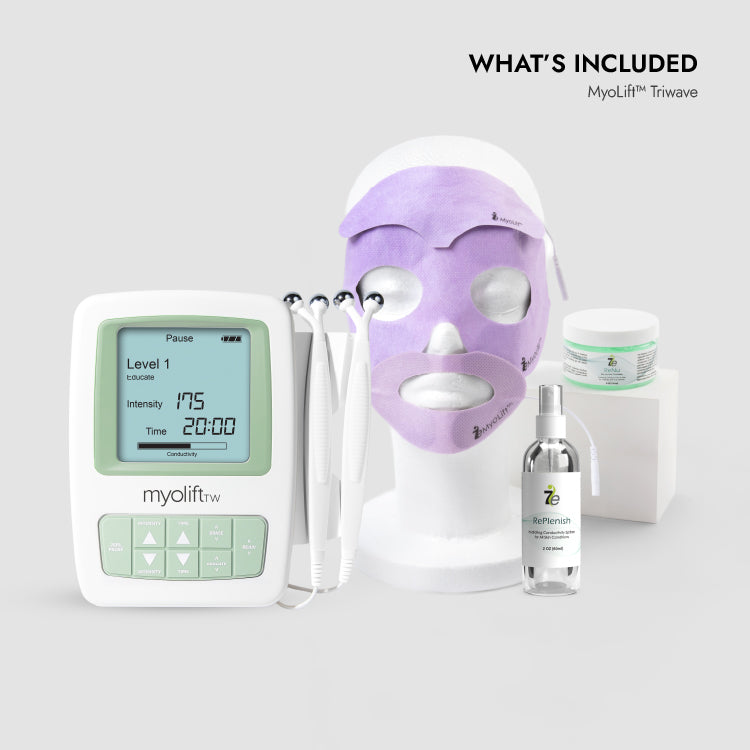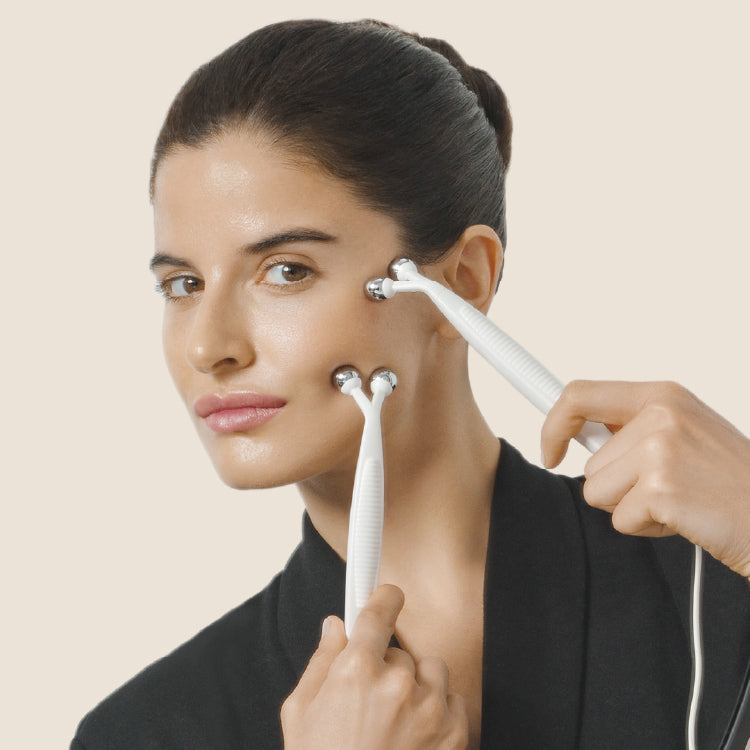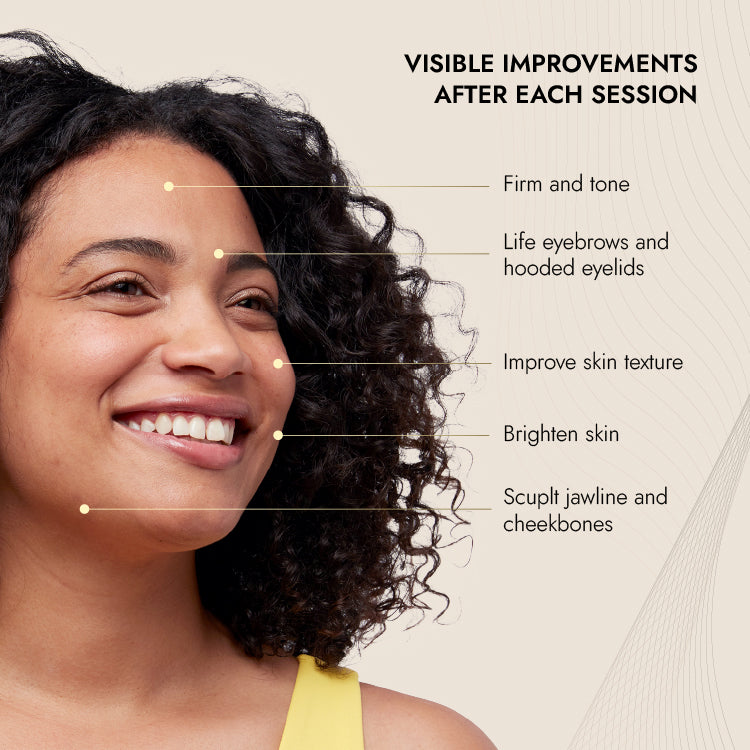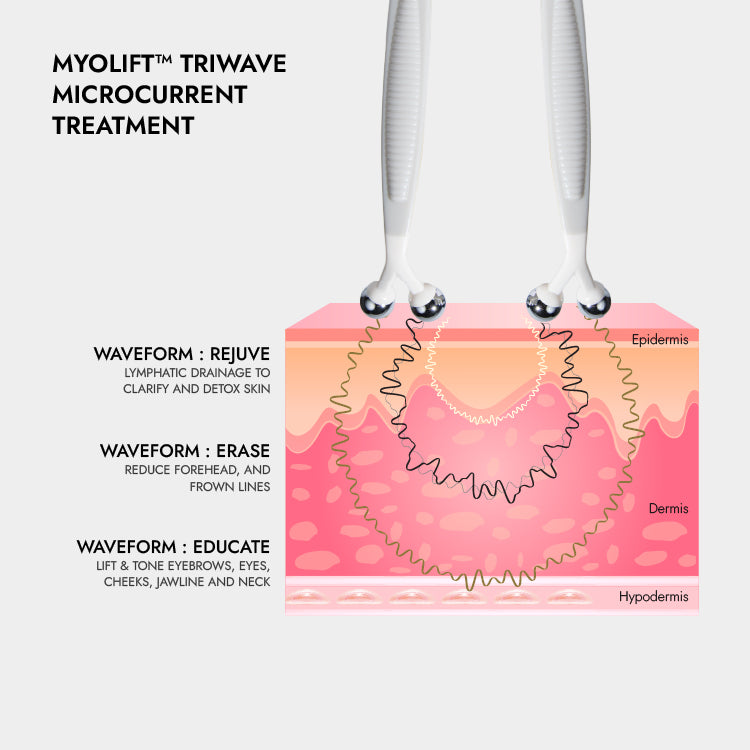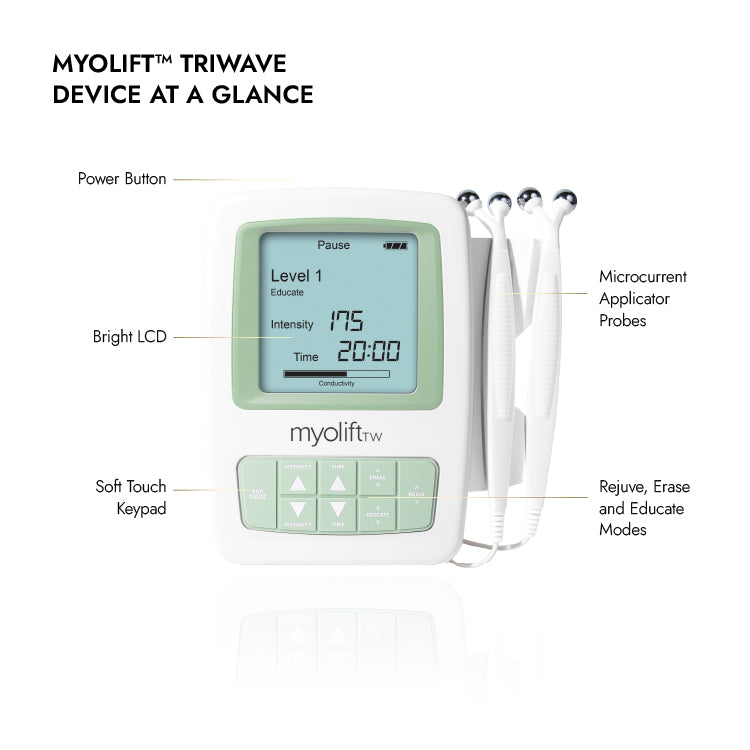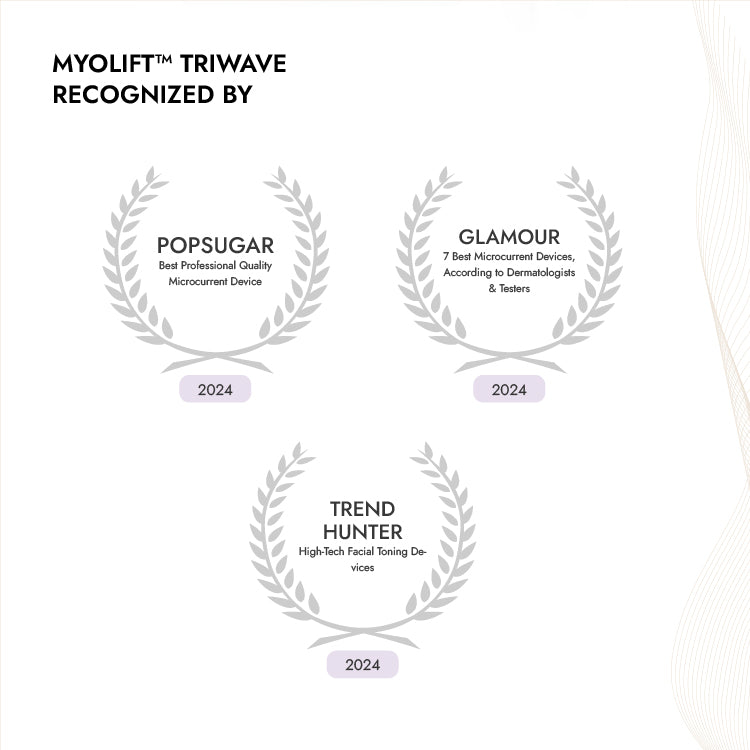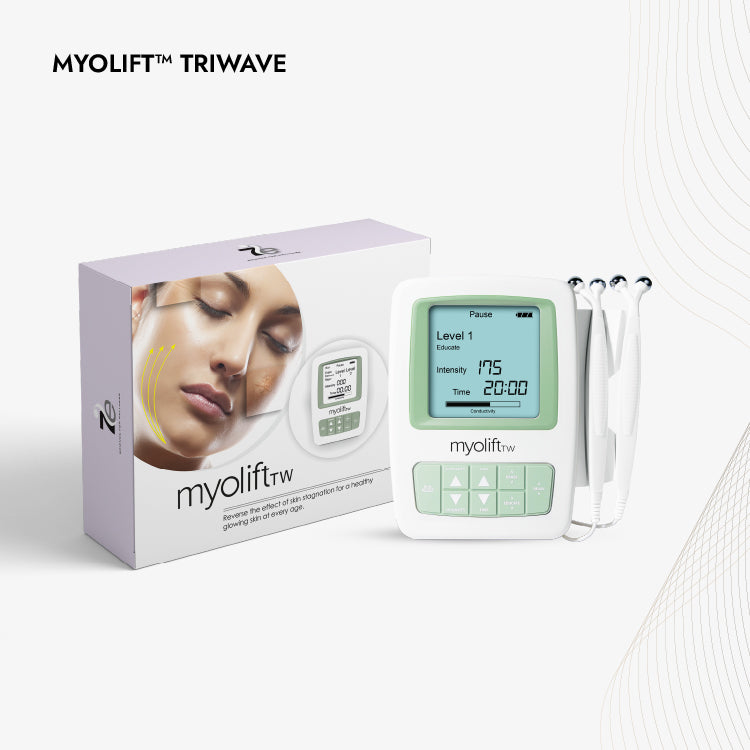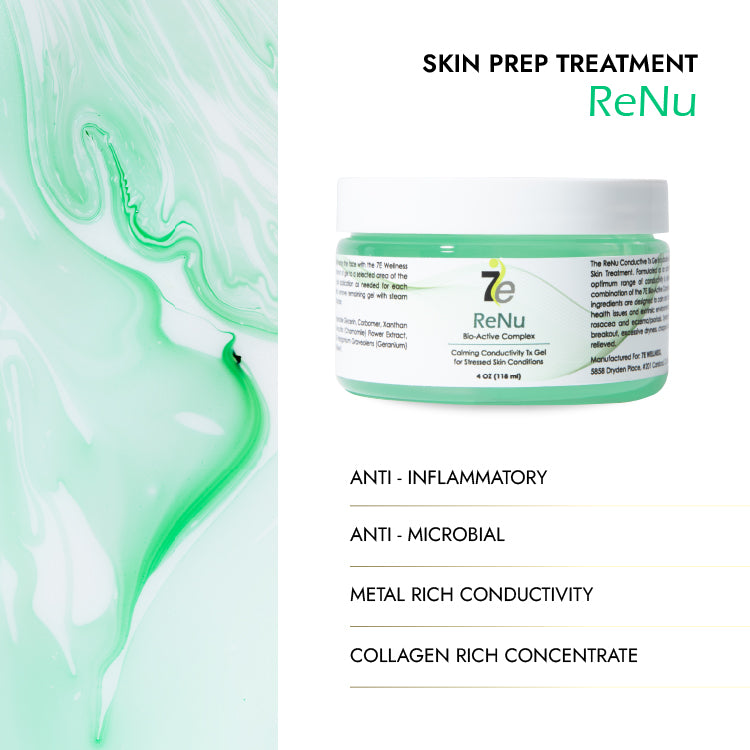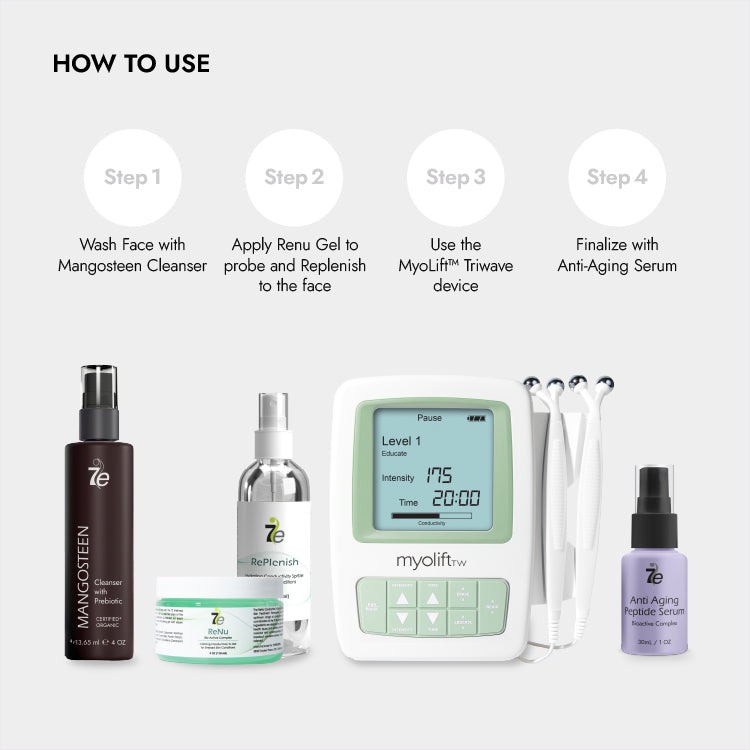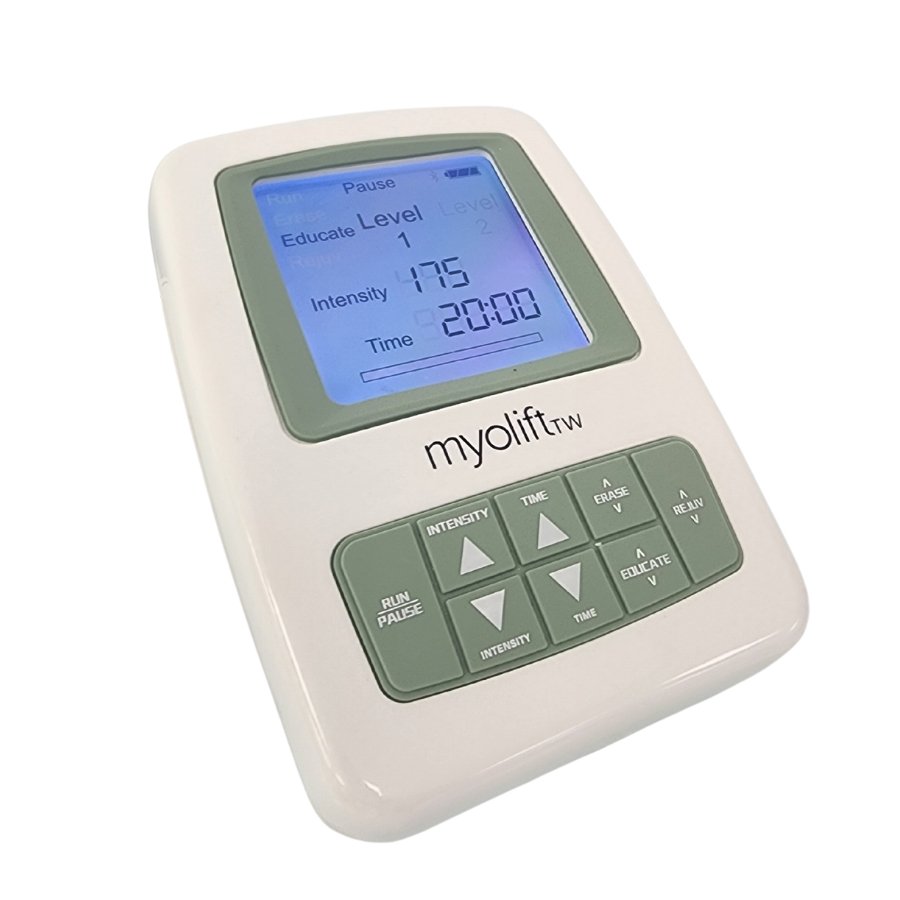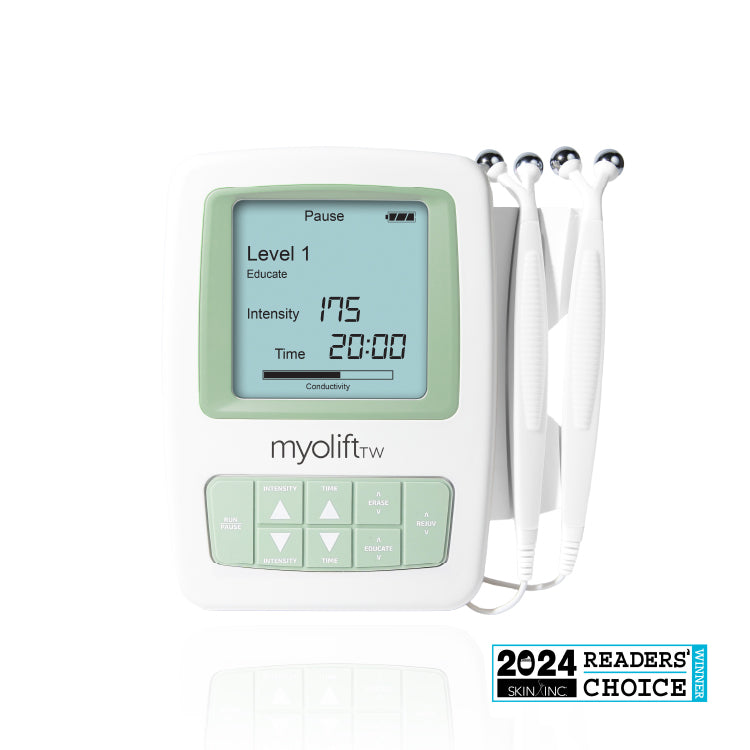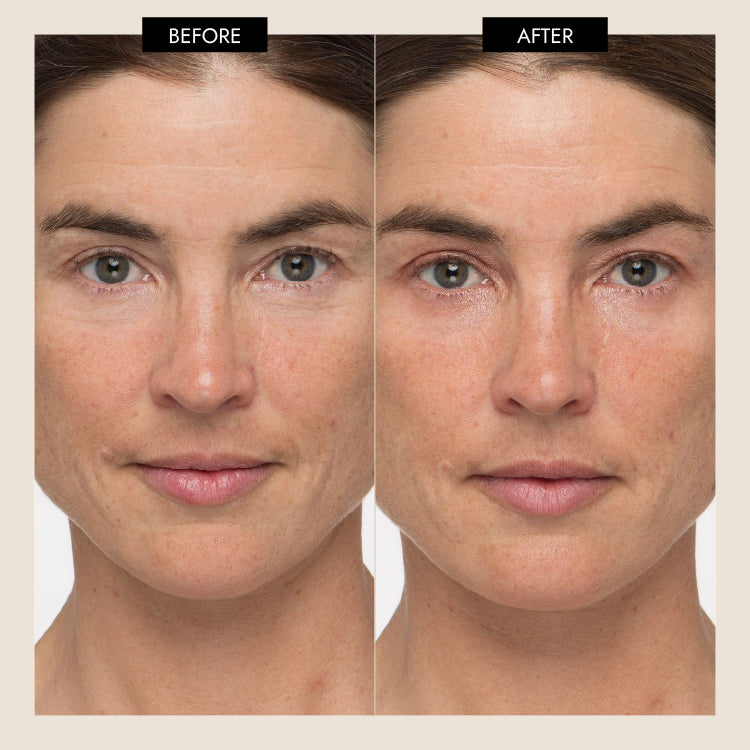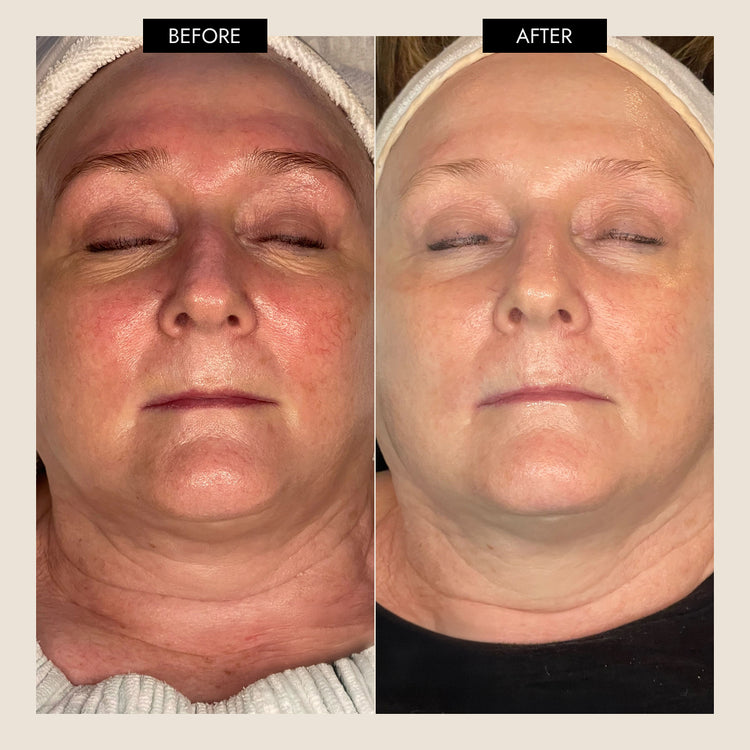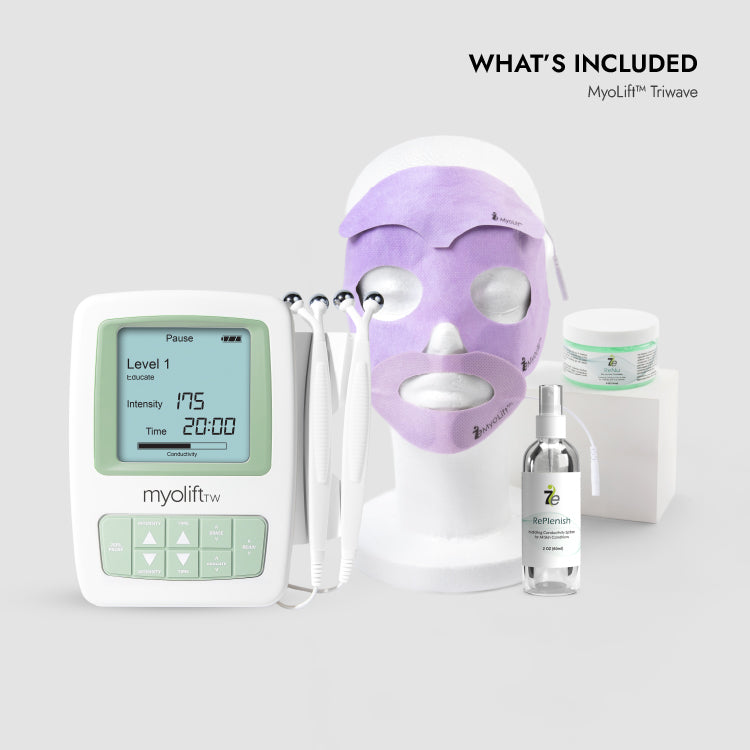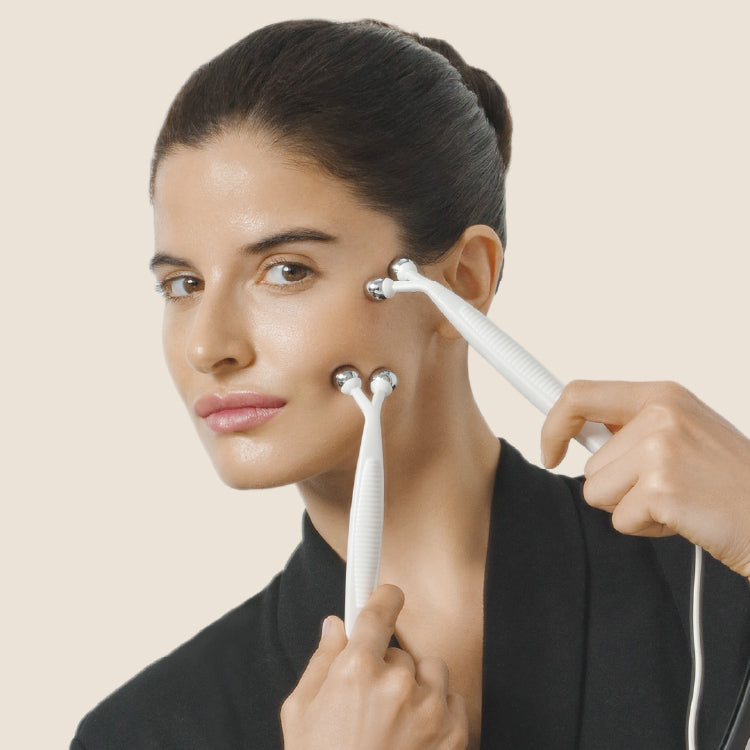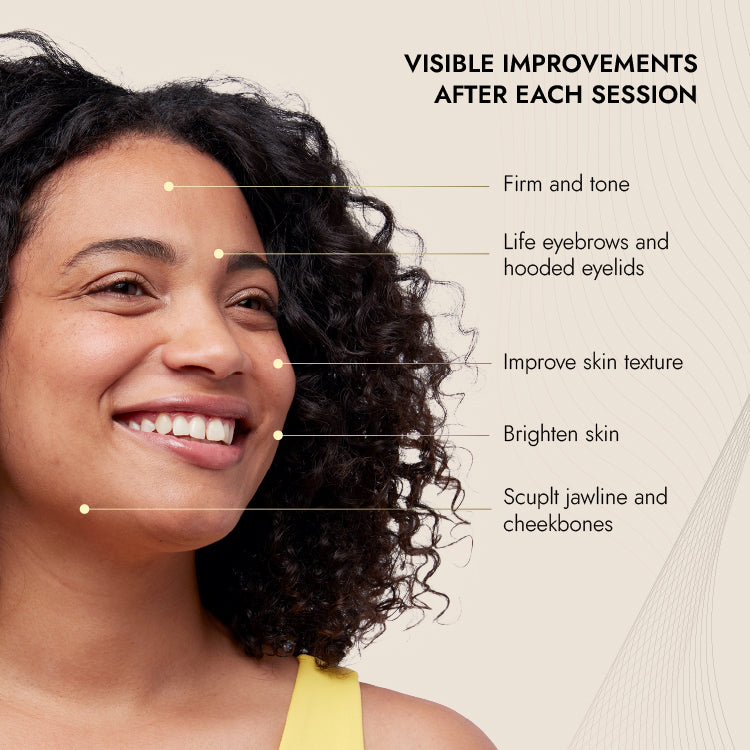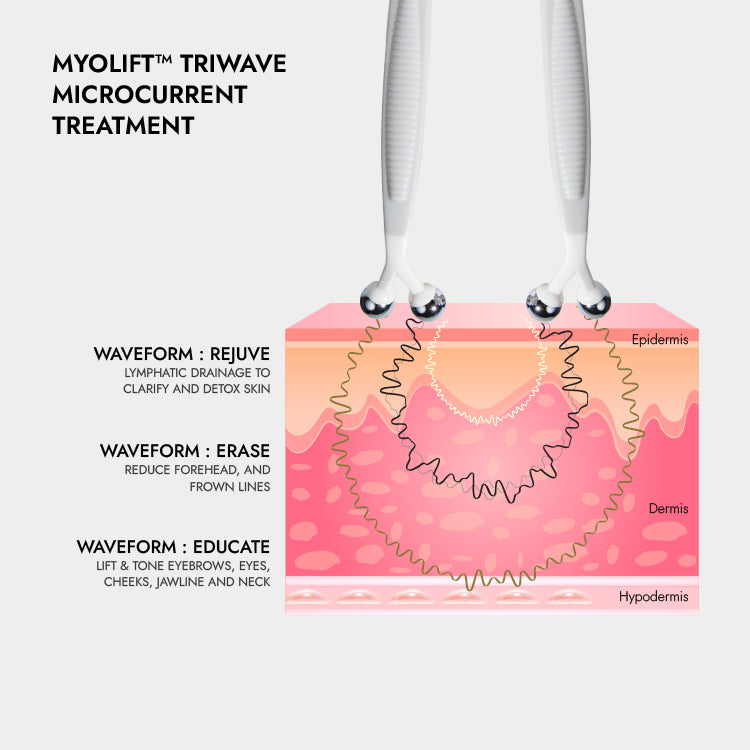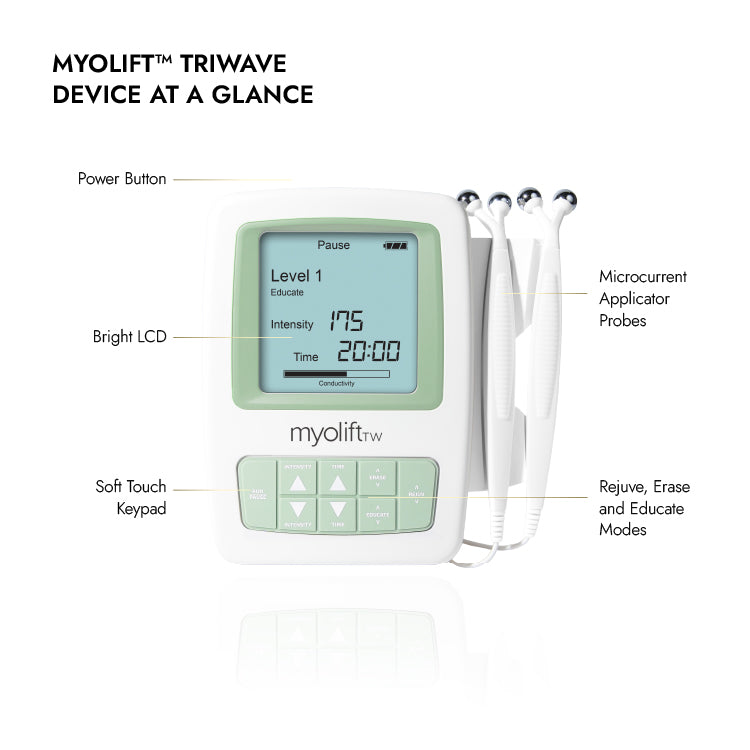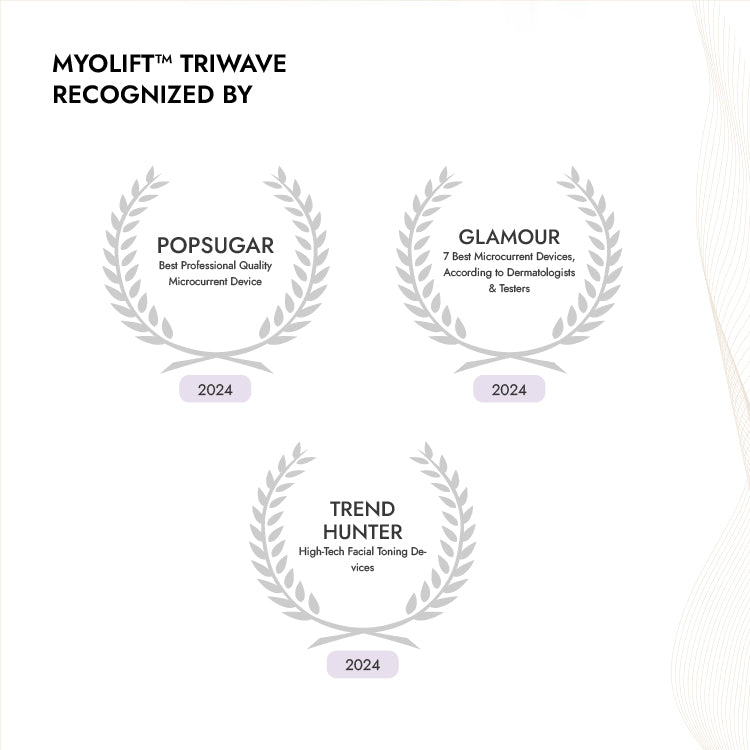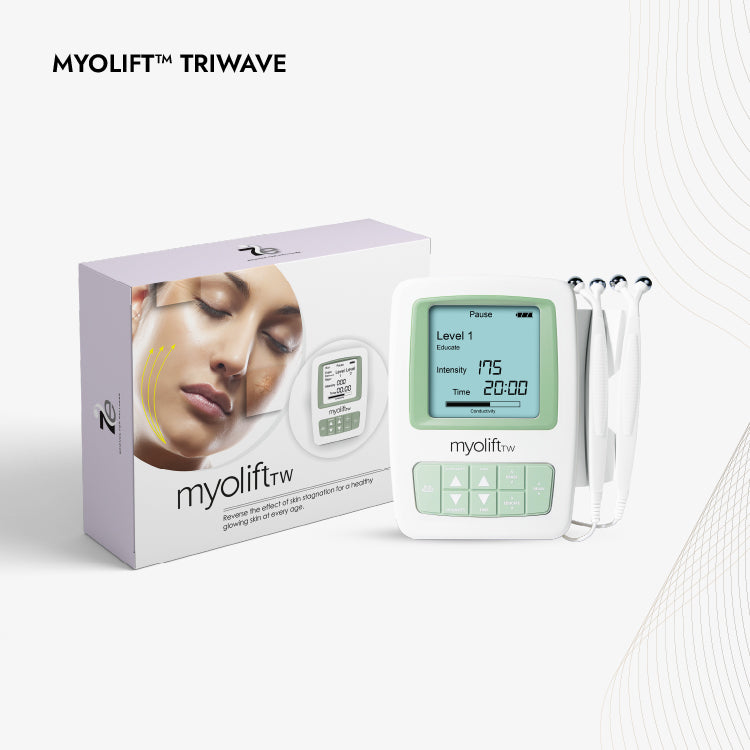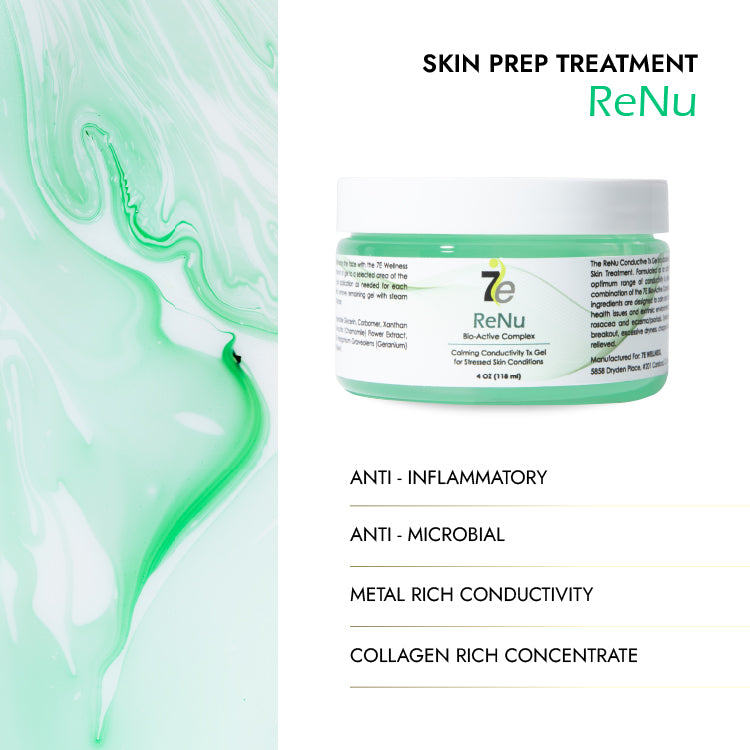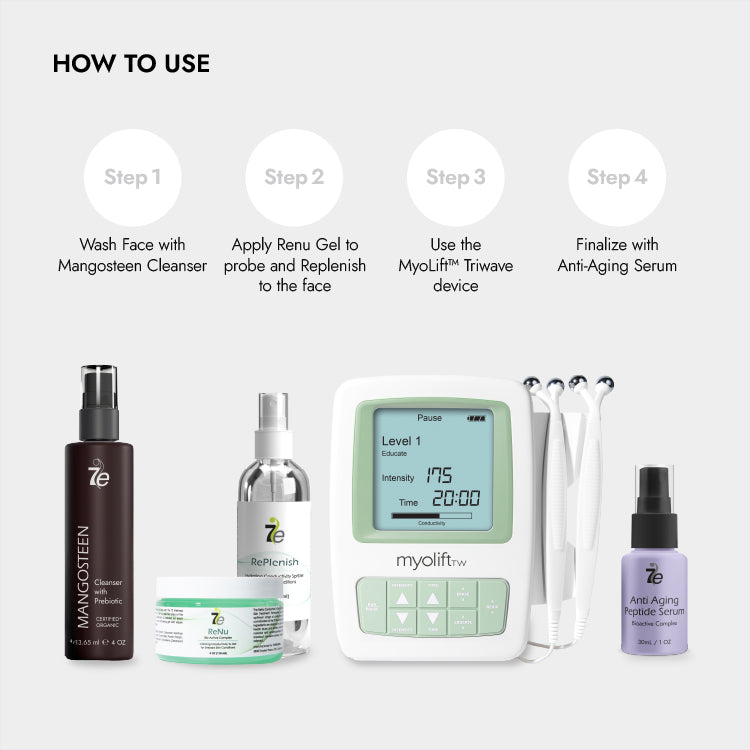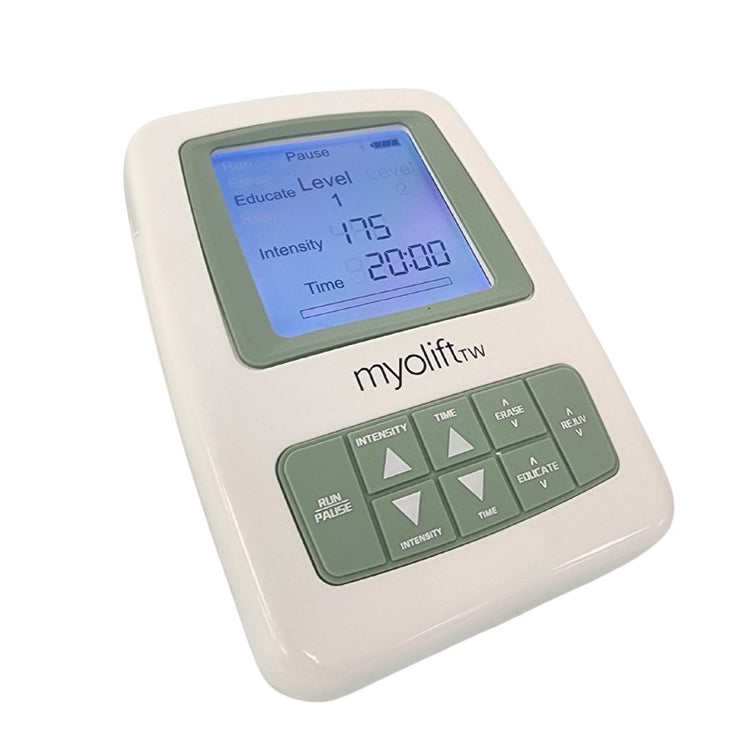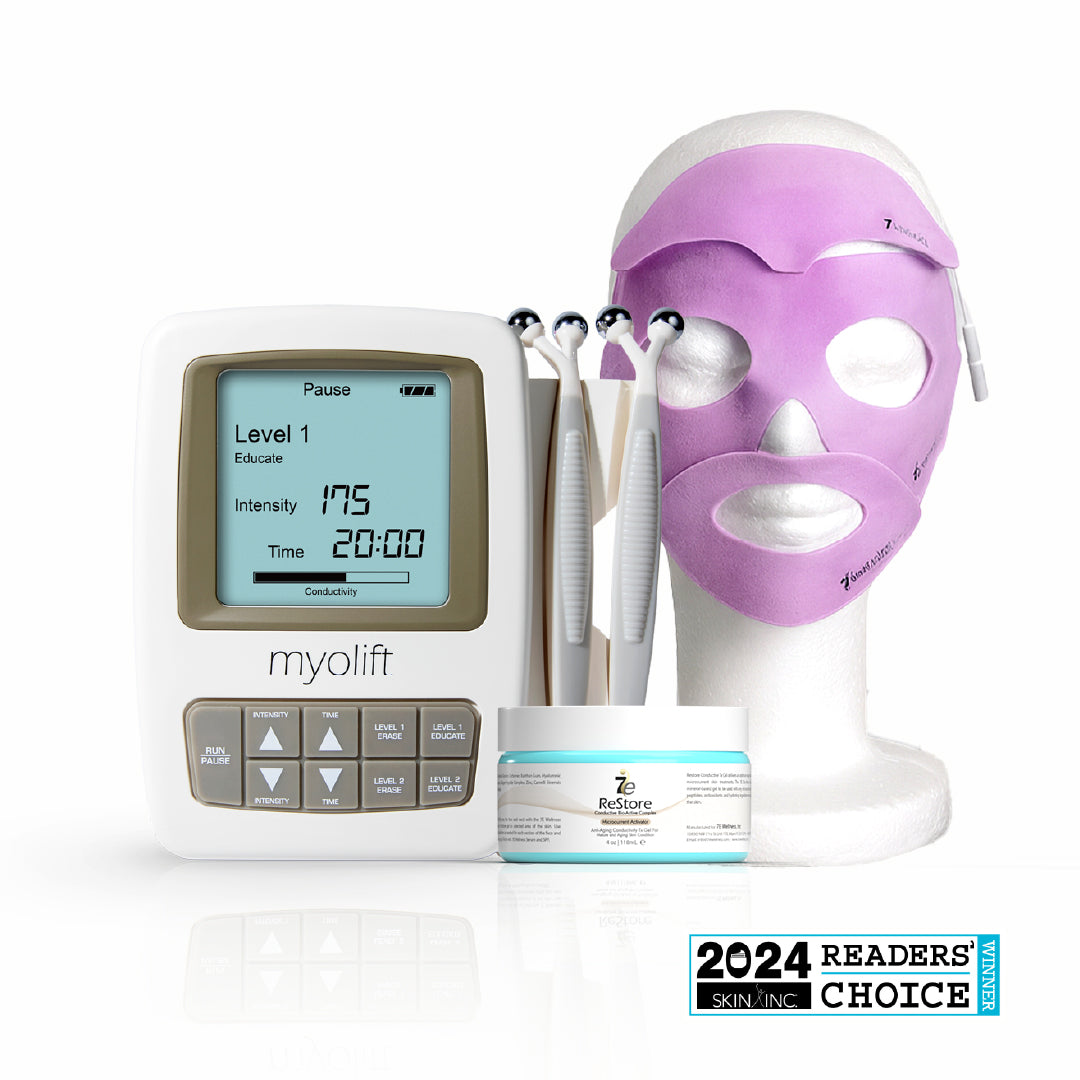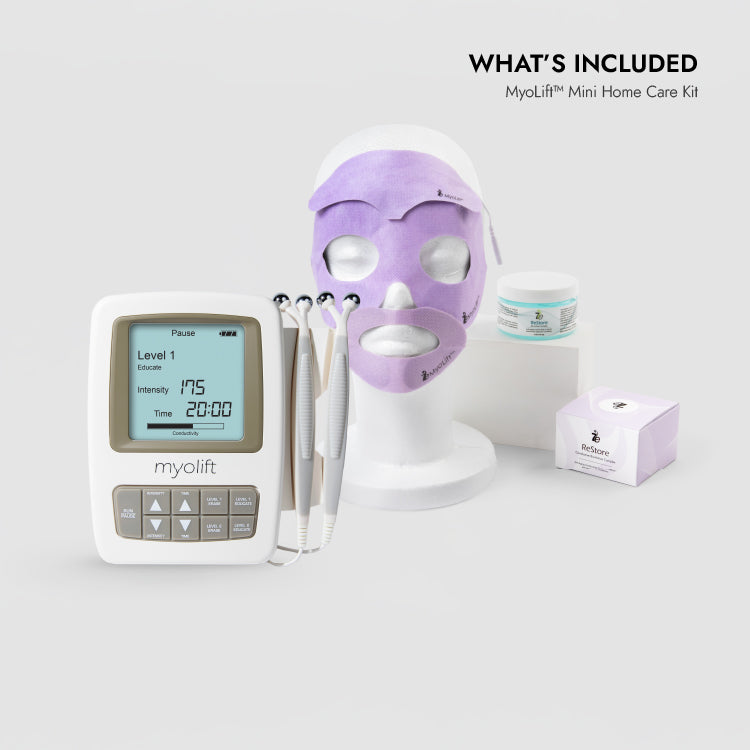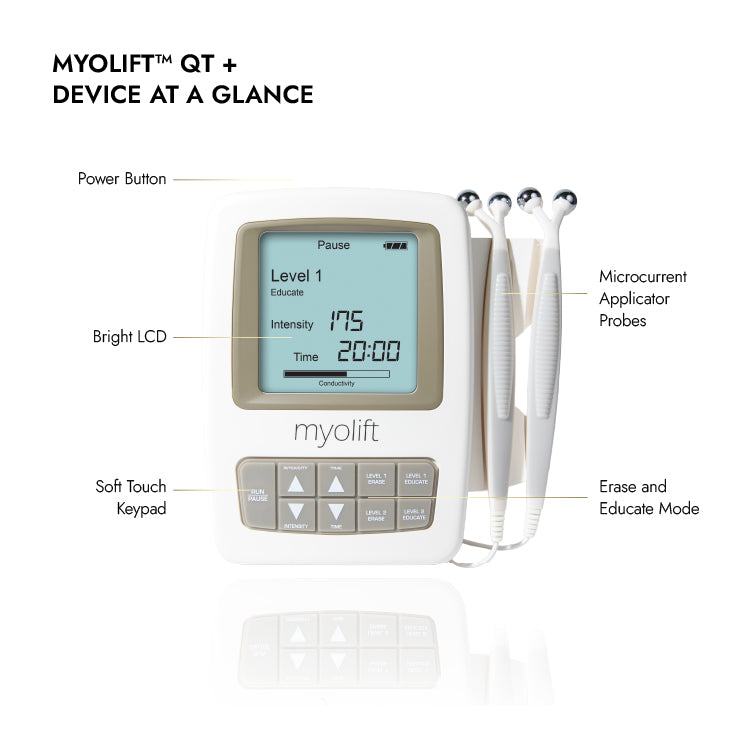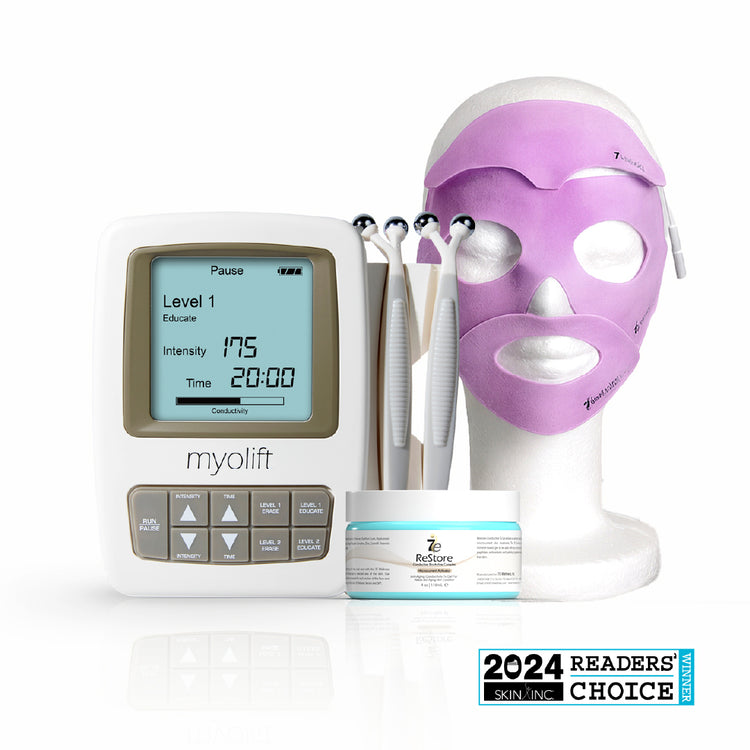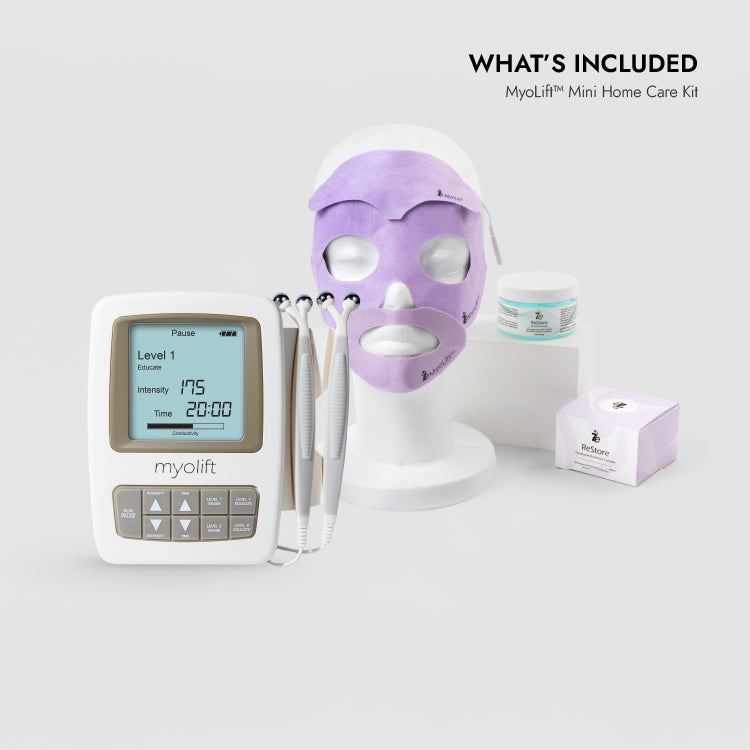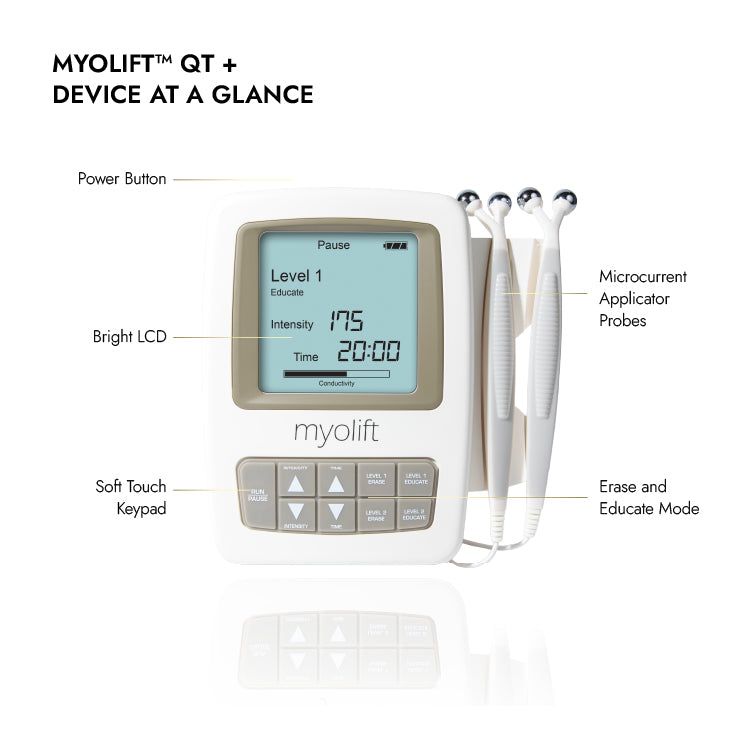Facial Muscles & The Wrinkles They Cause: Depressor Anguli Oris
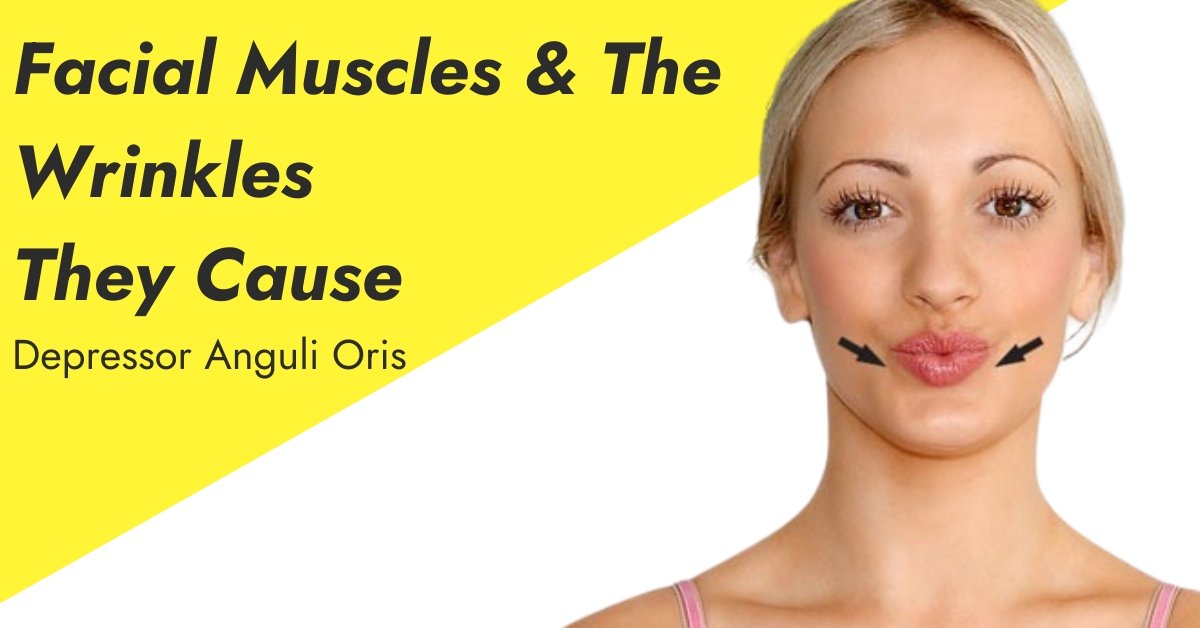
The process of aging is an incredibly complex progression with many moving parts. Though so many of today’s esthetic modalities are for minimizing skin aging at the epidermal level, the truth is that these types of treatments only address one part of the equation.
As part of a special three-part blog series, we are focusing on another important aspect of skin health and aging: the facial muscles. Today, let's take a closer look at a couple of small but very important muscles known as the depressor anguli oris.
Facial Muscle Focus: Depressor Anguli Oris
Sometimes abbreviated as DAO, the depressor anguli oris are the pair of muscles located on both sides of the face, starting at the corners of the mouth and running all the way along the edge of the chin.
As we age, the appearance of “marionette lines” or sagging jowls are common cosmetic concerns related to the depressor anguli oris. It is also possible for the corners of the mouth to look fallen or point downwards, resulting in a frowning expression even when the face is in a resting state.
What happens to depressor anguli oris as we age?
A primary function of the DAO muscles is to pull down the corners of the mouth, and express emotion. They are associated with frowning, but can also become more defined during times of inactivity when the face is at rest and naturally droops downward.
Below the surface of the skin, the muscle fibers will also begin to break down and weaken, causing them to gradually sag and appear more downturned as we age.
How is the depressor anguli oris related to skin aging?
If you think about the number of times the depressor anguli oris muscles will be engaged to express emotion throughout a lifetime, it only makes sense that these repetitive patterns contribute to stretching the skin and forming visible grooves – i.e. wrinkles – over time.
For the most part, formation of lines related to the DAO muscles is unavoidable, and has no negative effects on physical health. That said, treatment options do exist. One of the most common is neurotoxins, like Botox, that suppress or minimize muscle movement.
Or, for those who prefer a more holistic approach, facial modalities like microcurrent or gua sha may help strengthen the facial muscles and encourage youthful muscle memory. For a quick lift, we recommend using our at home MyoLift™ QT Plus or going to a microcurrent professional in your area and getting a treatment using one of our more advanced devices. These professional devices will give you faster results than you would see at home but it is also beneficial to do both.
When incorporated consistently, these types of treatments can help to minimize the appearance of wrinkles by reducing excess tension and encouraging blood flow to tissue – benefitting both the muscles and the skin.
The depressor anguli oris muscles are small muscles connected to the mouth, and are responsible for facial expressions like frowning. With repeated use the DAO muscles weaken, causing the skin to sag and lose its elasticity. This process is a normal and natural part of aging but certain cosmetic treatments like microcurrent can be helpful for minimizing these lines.
